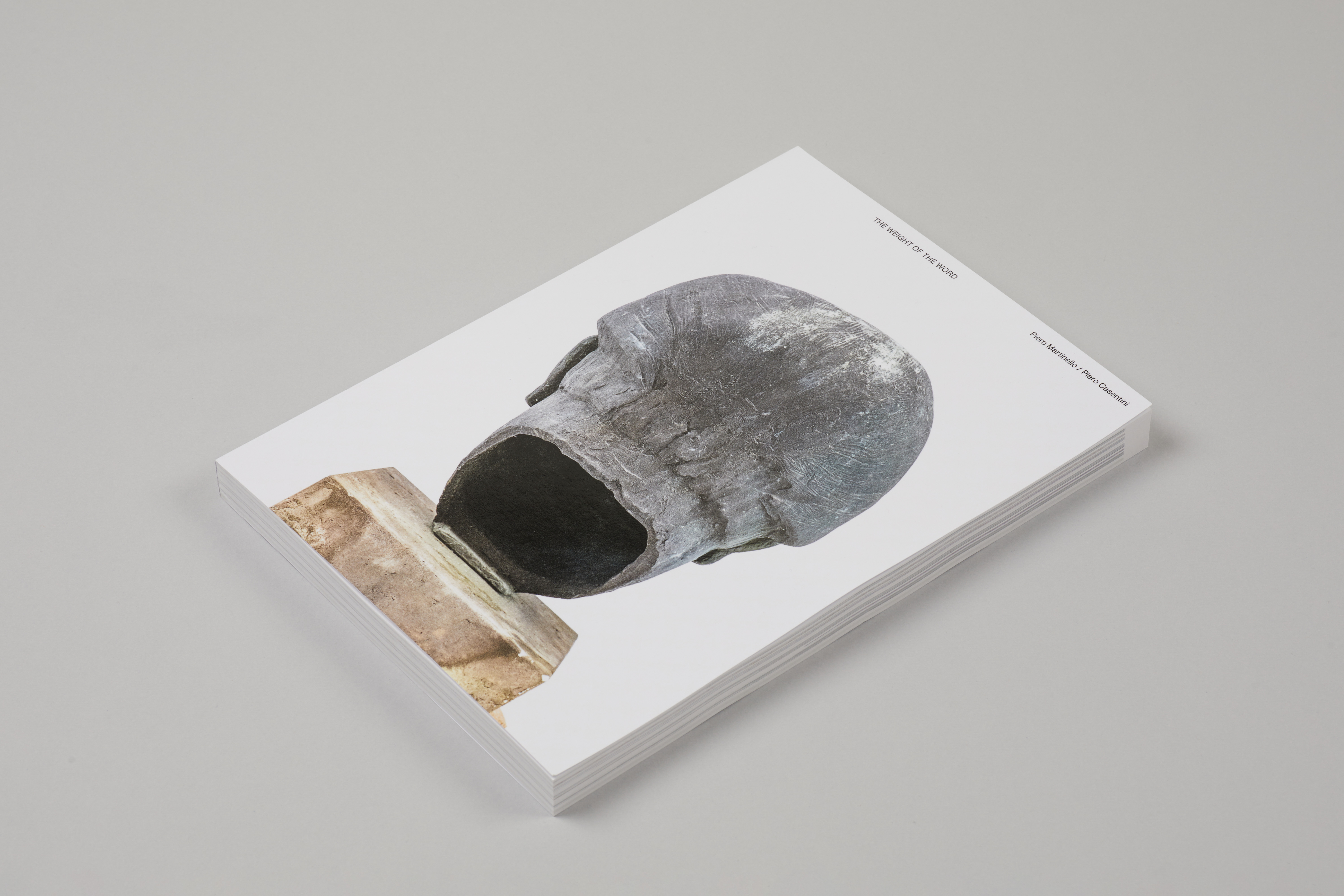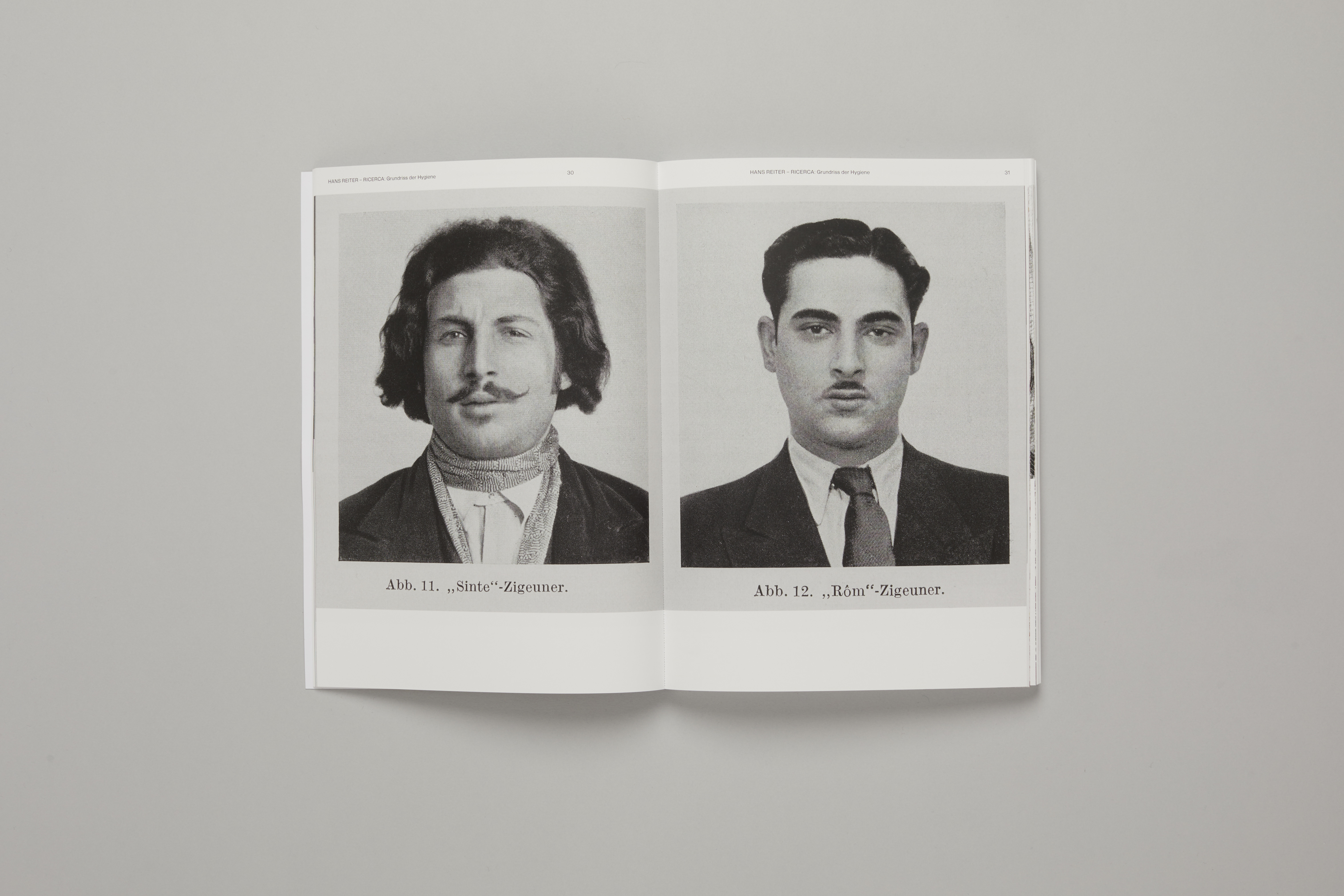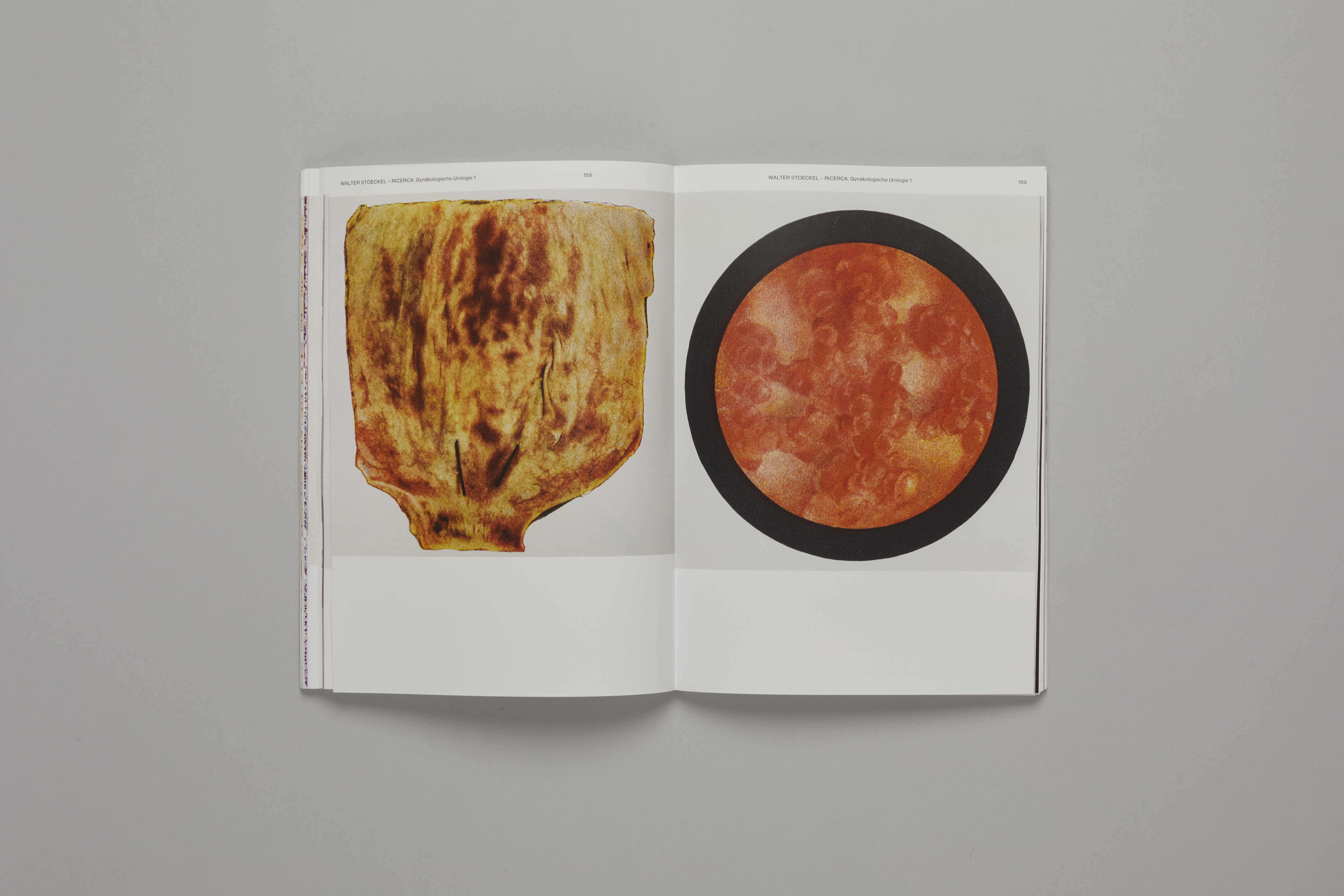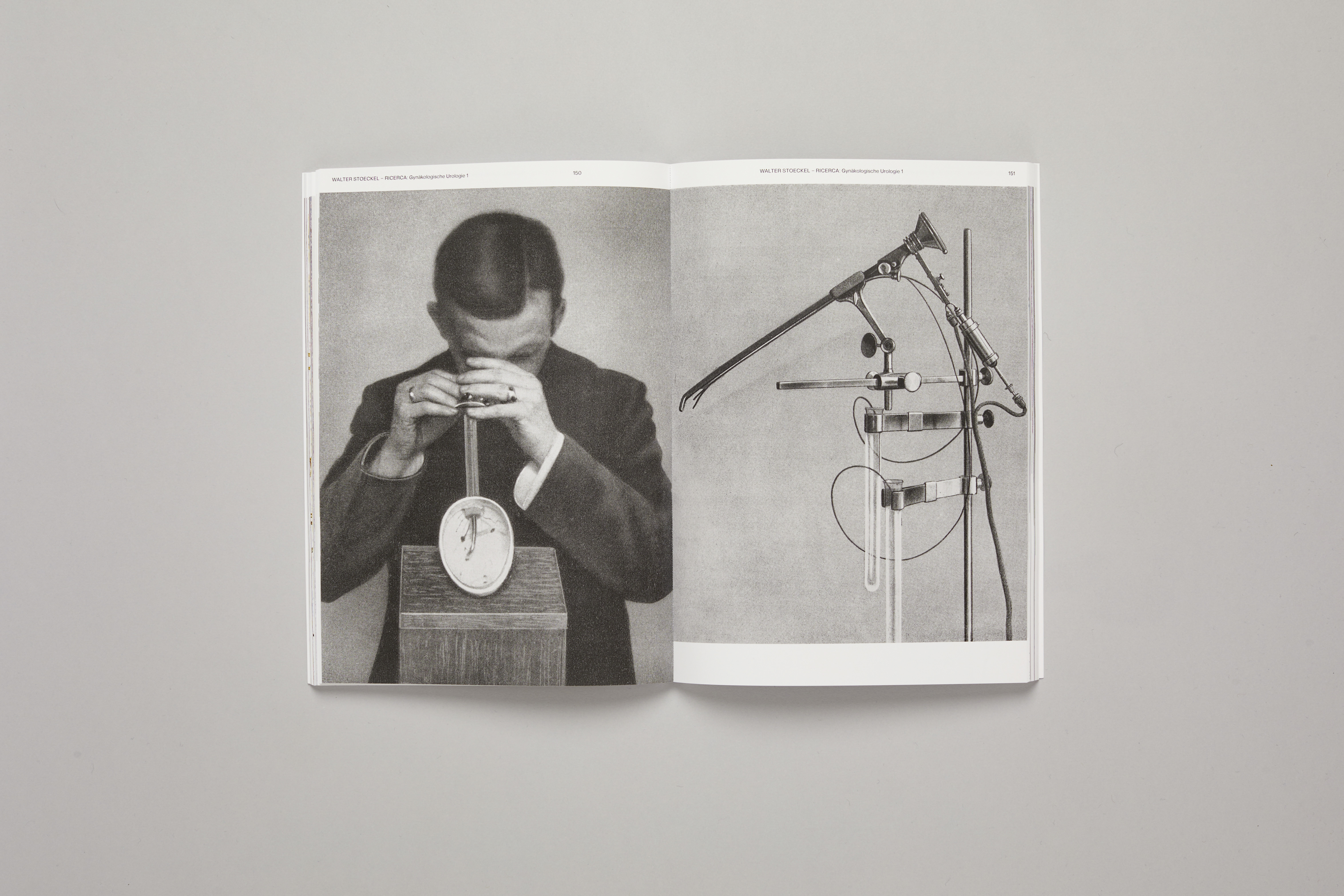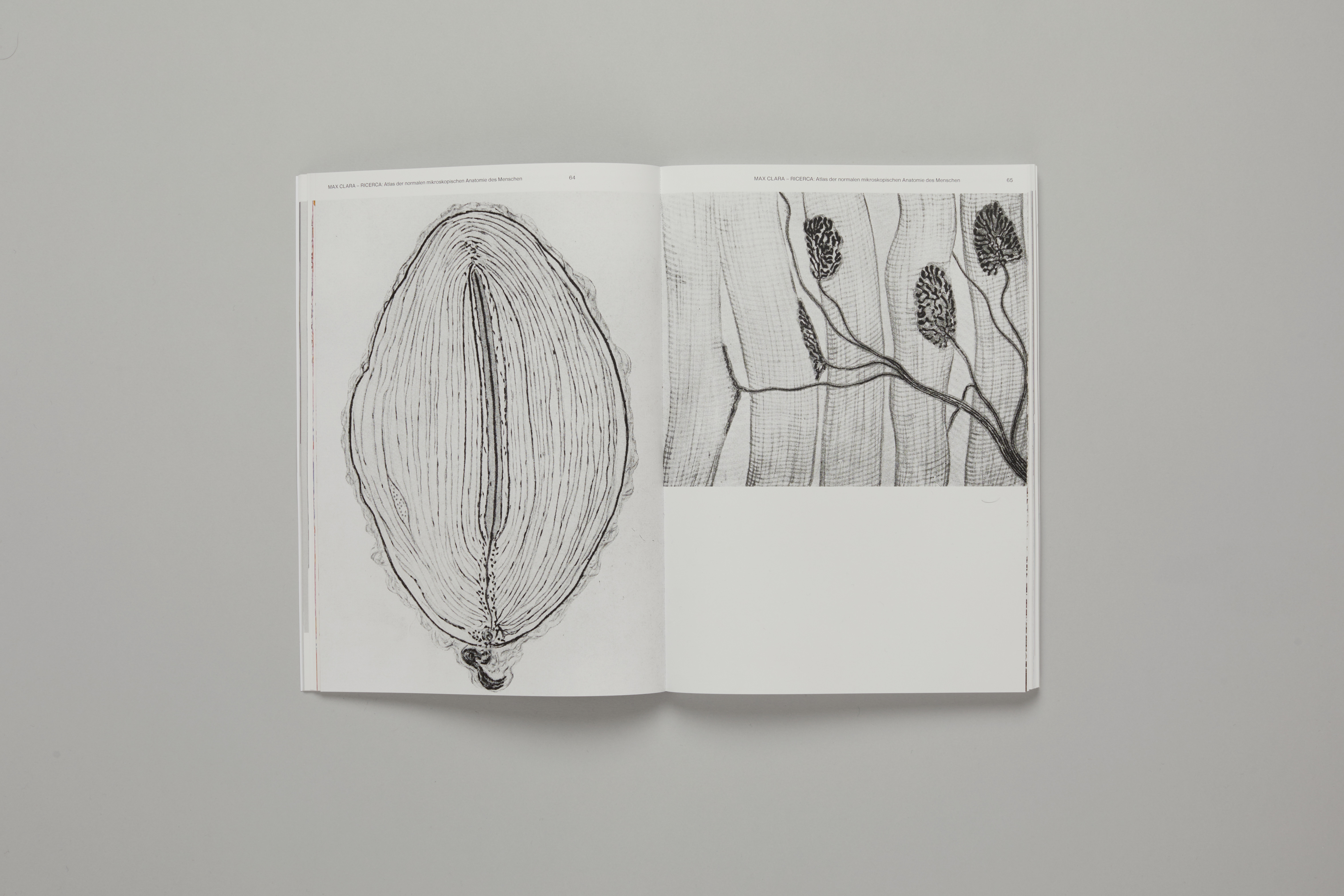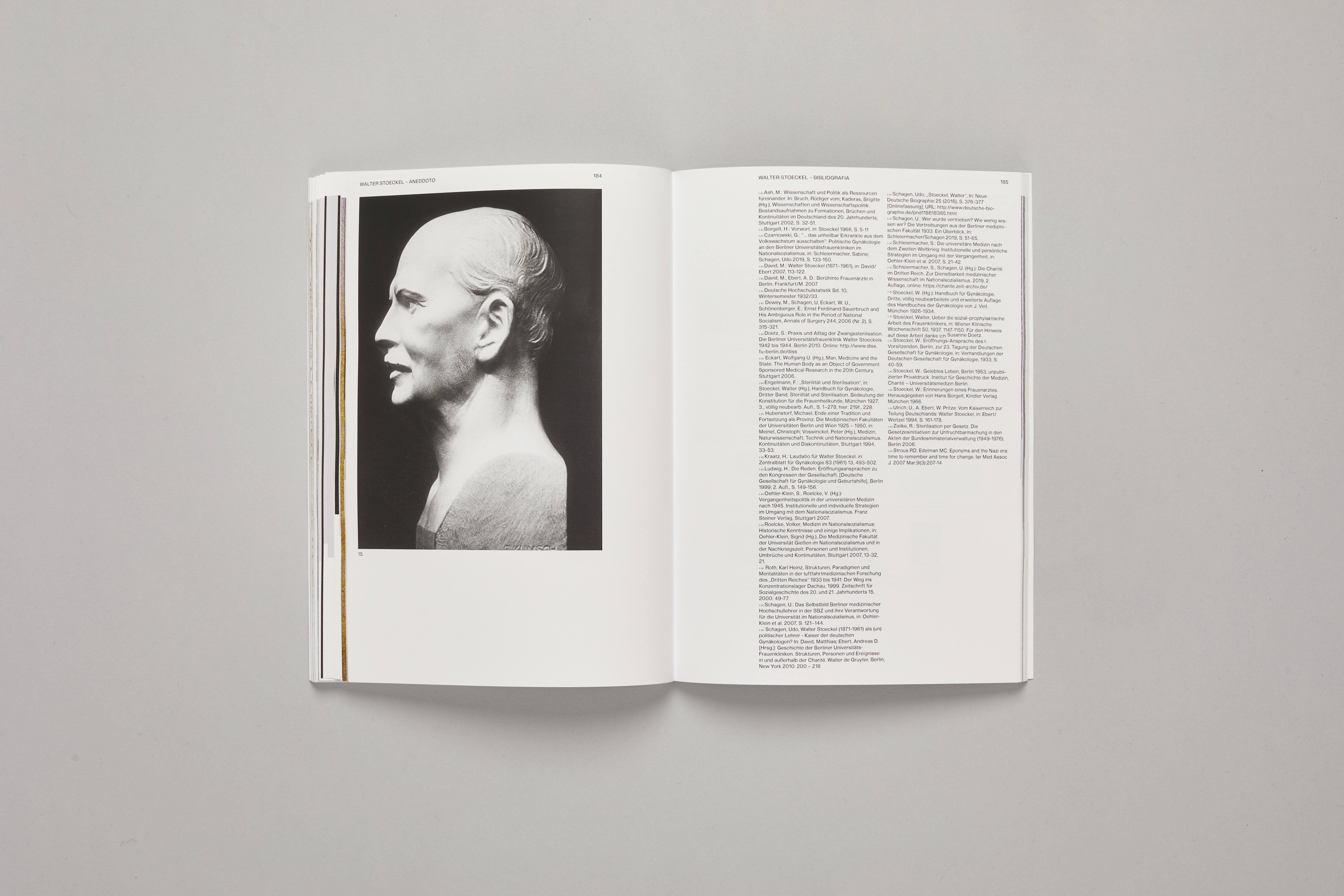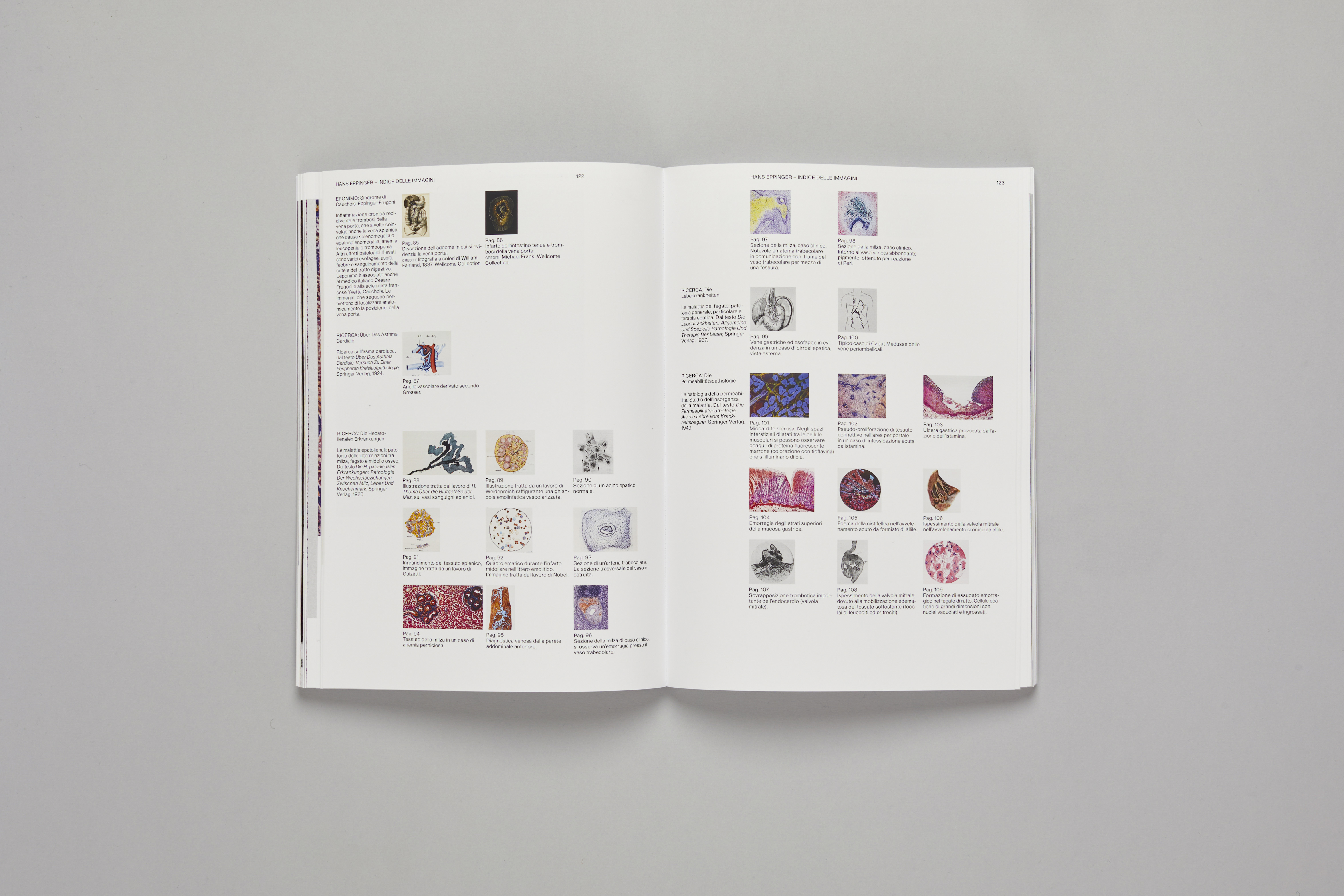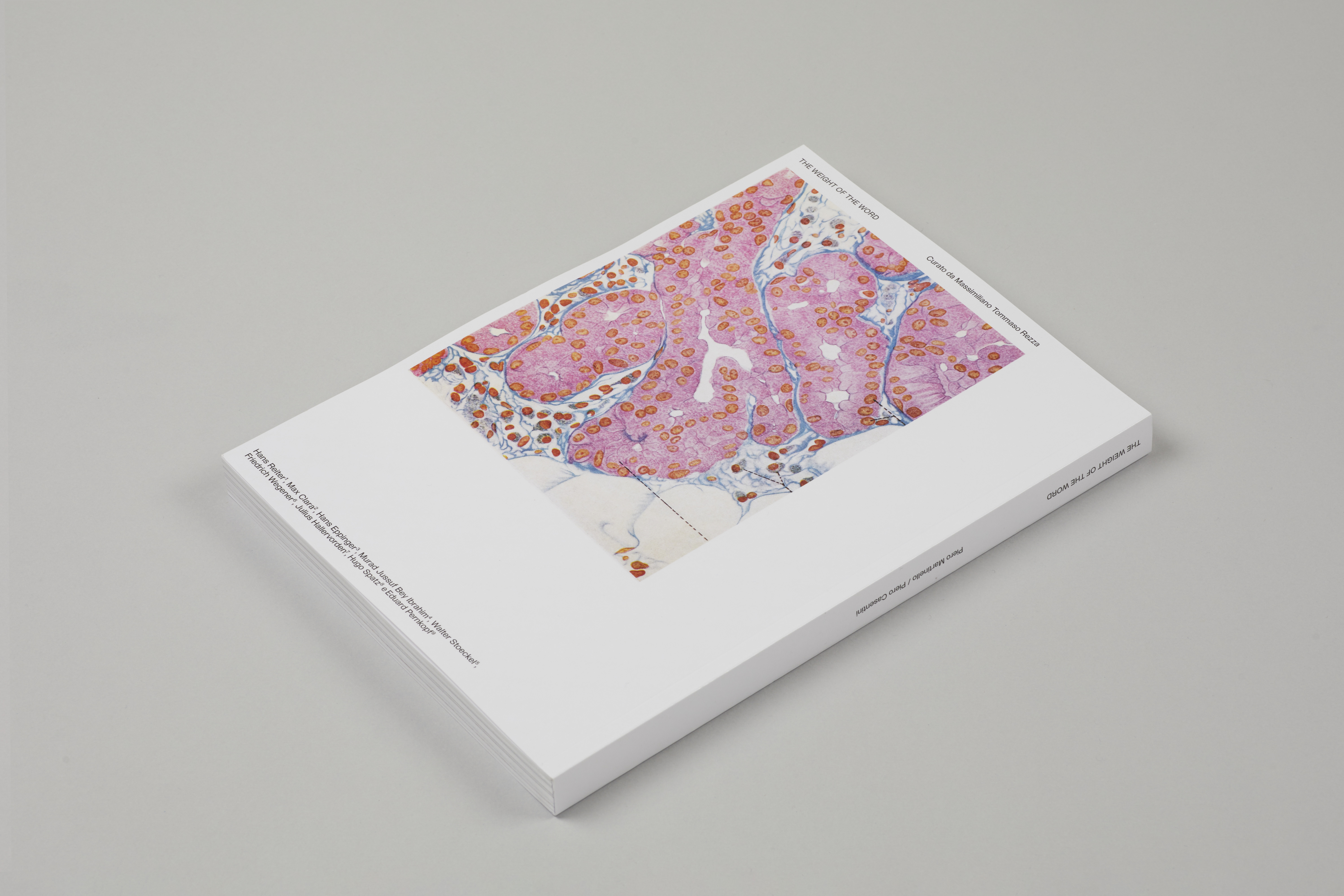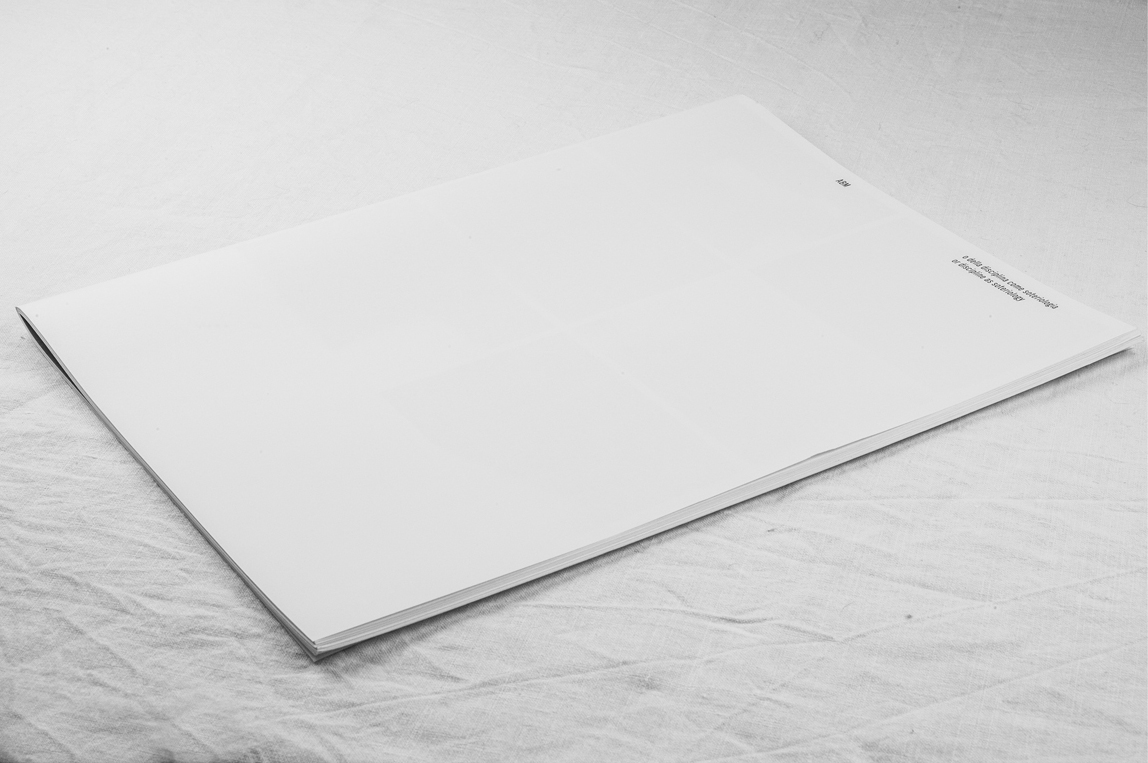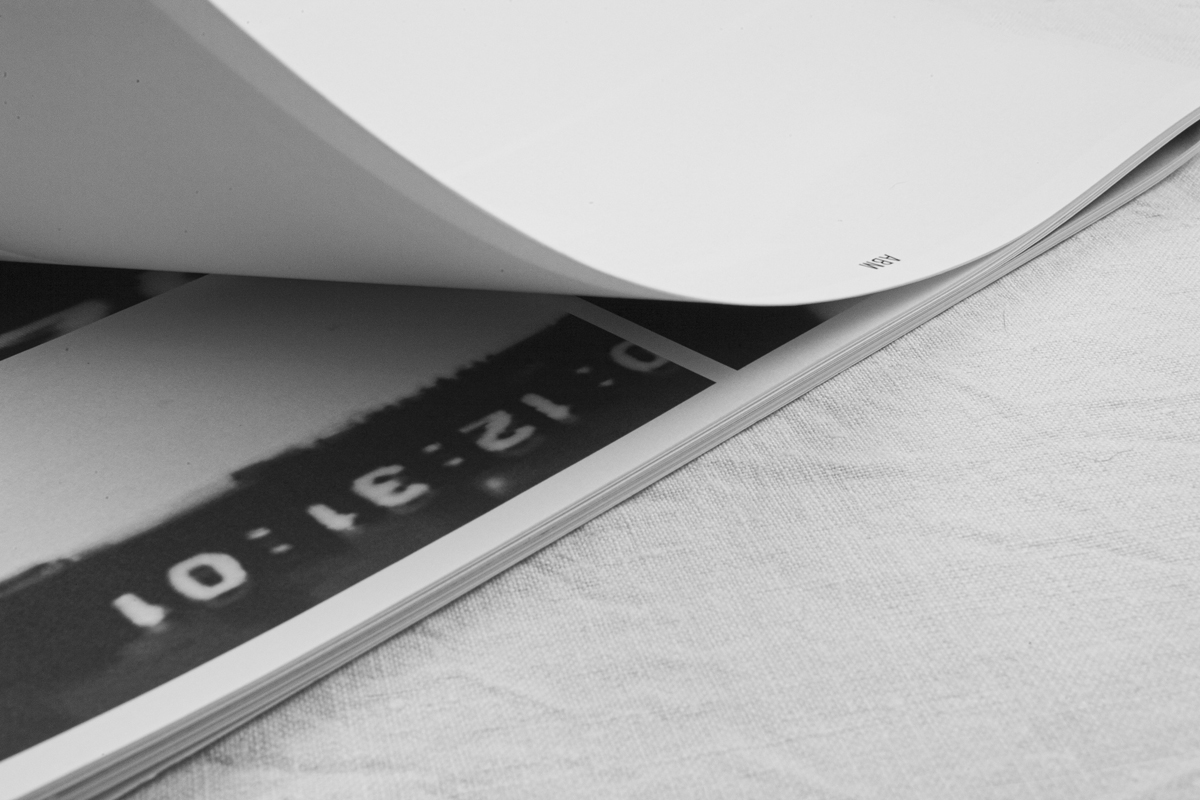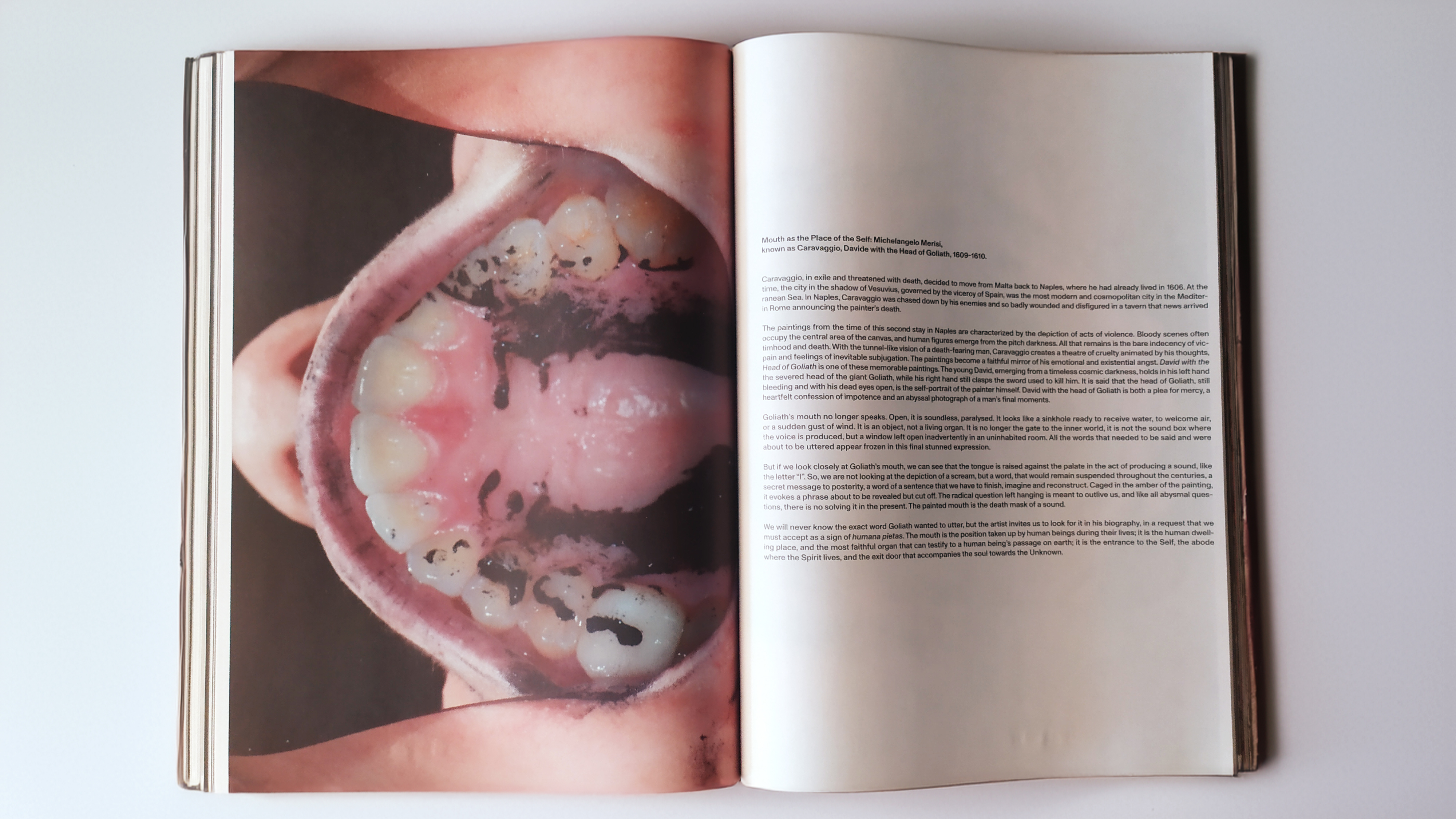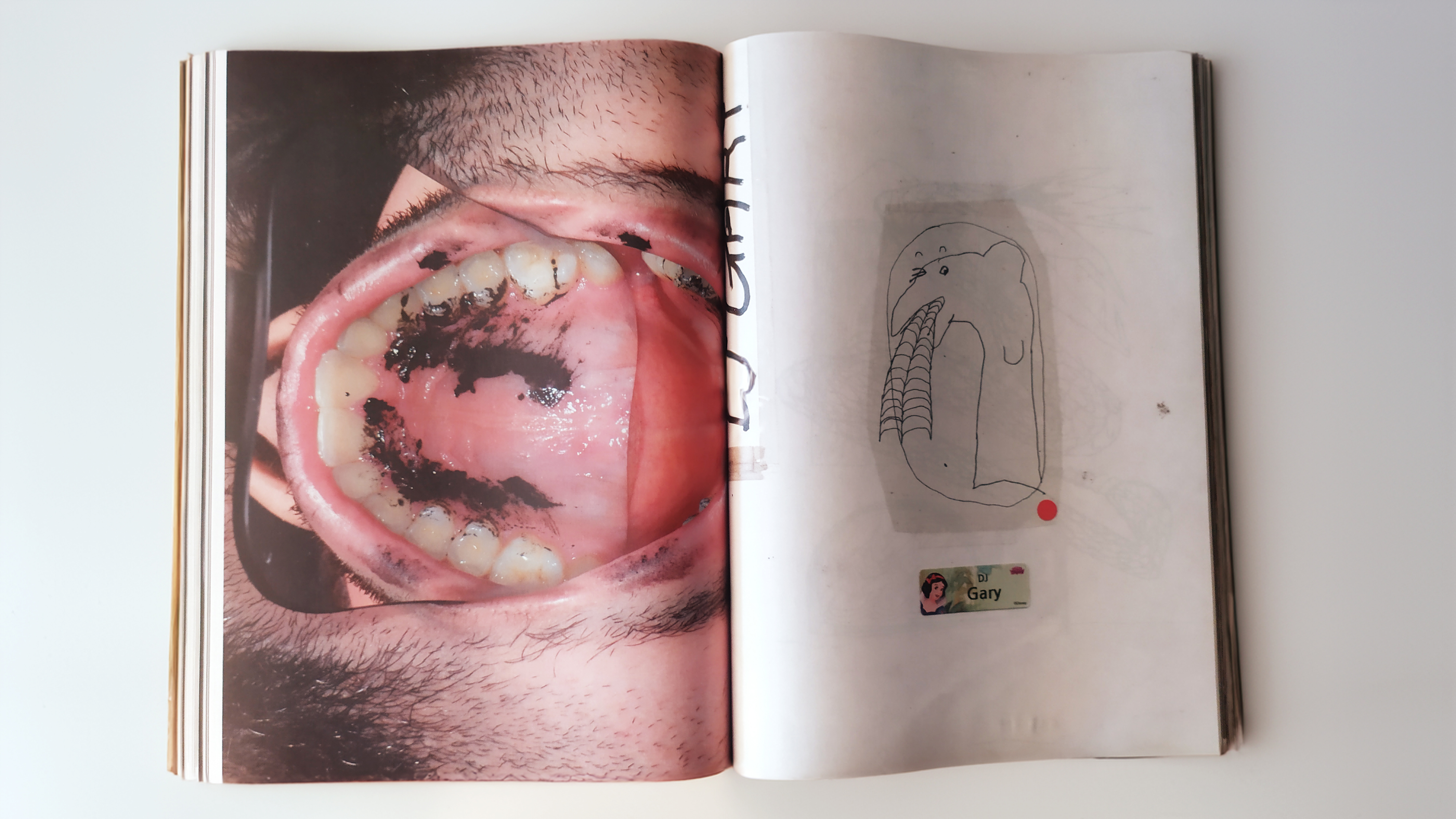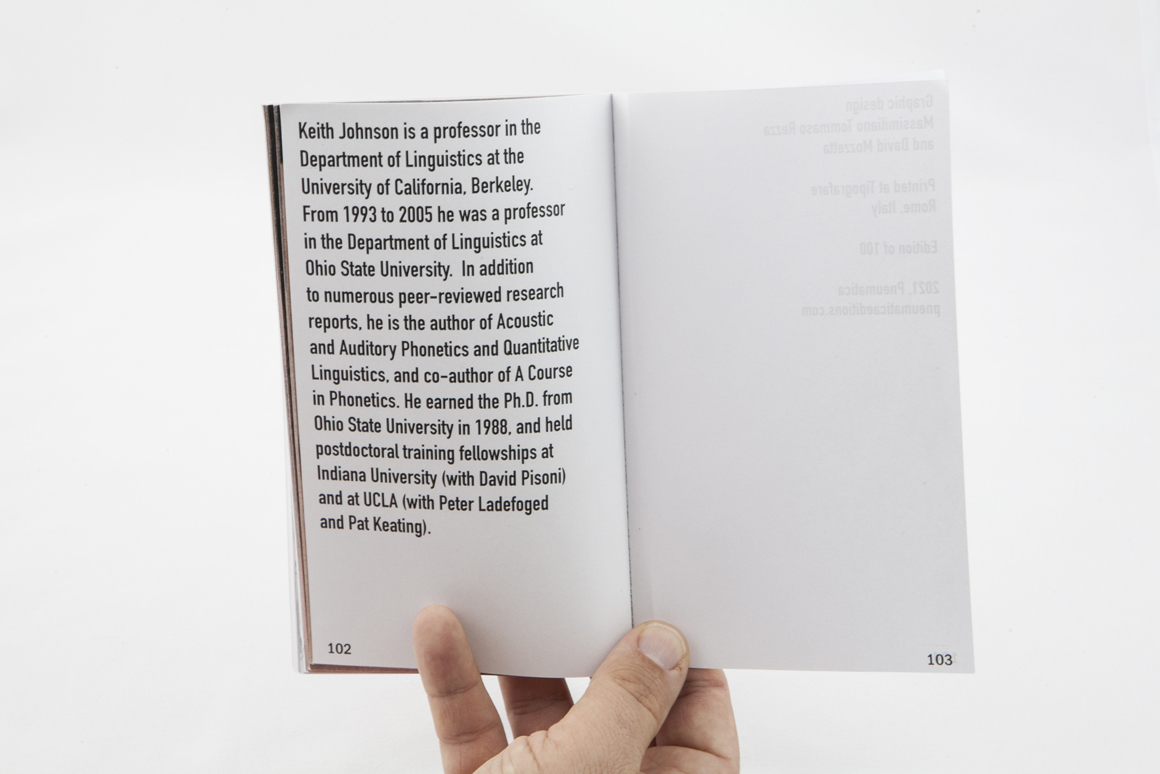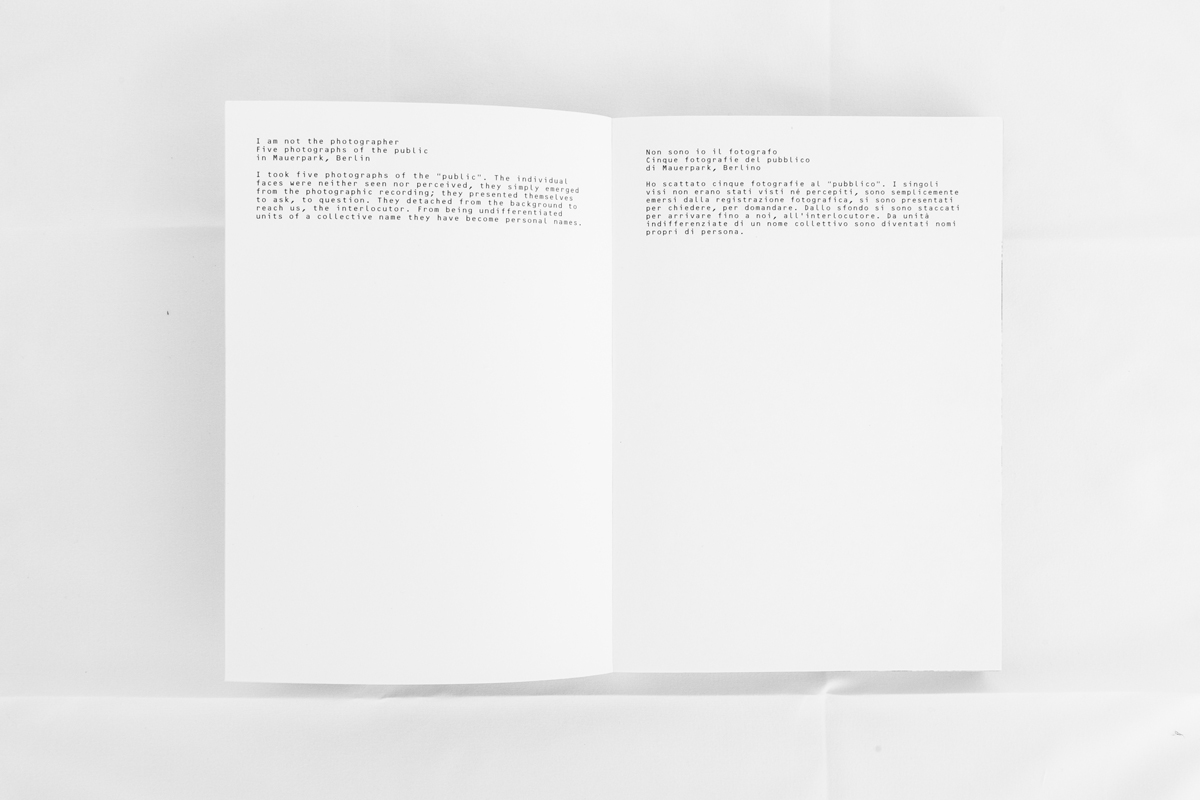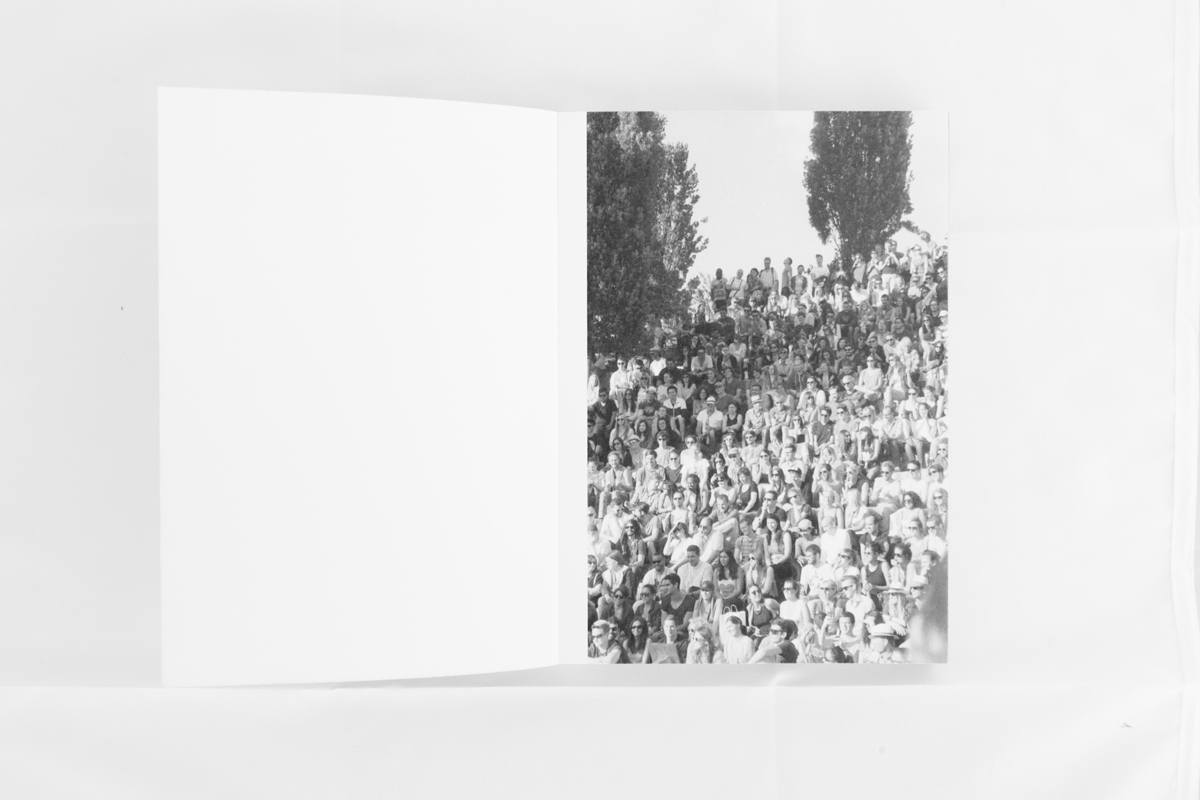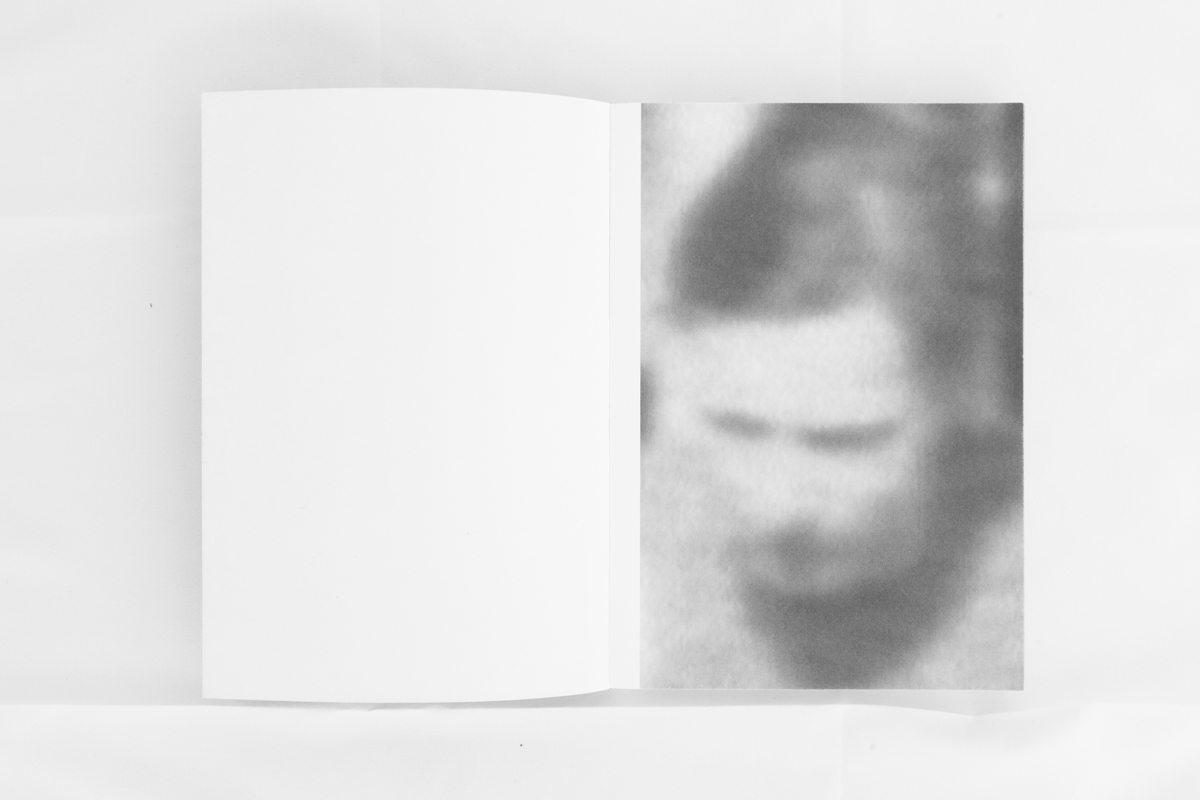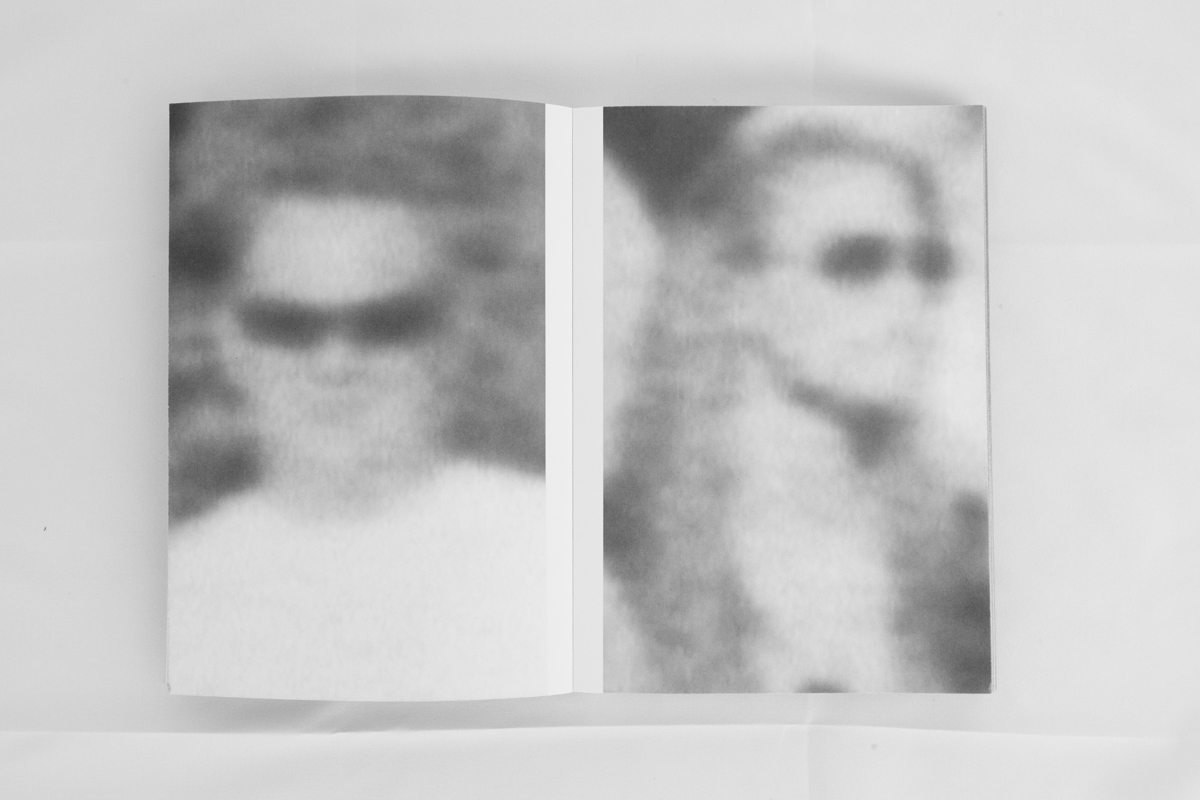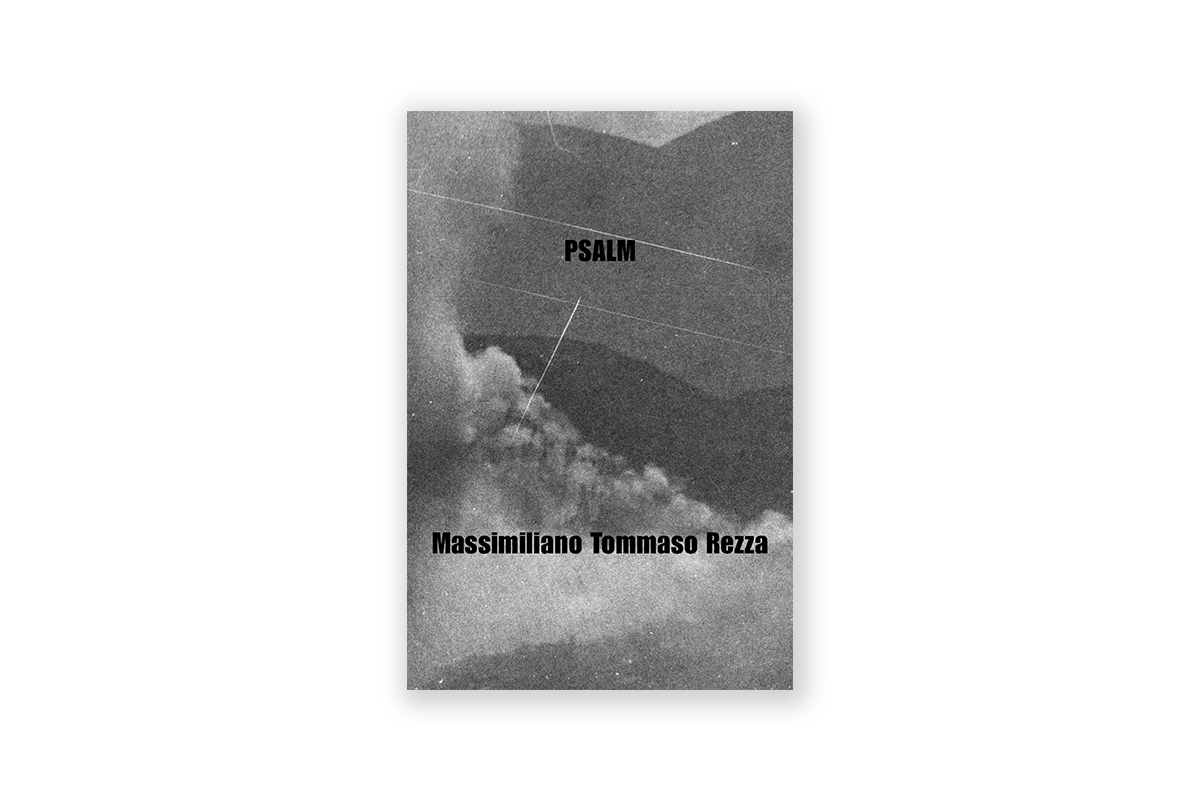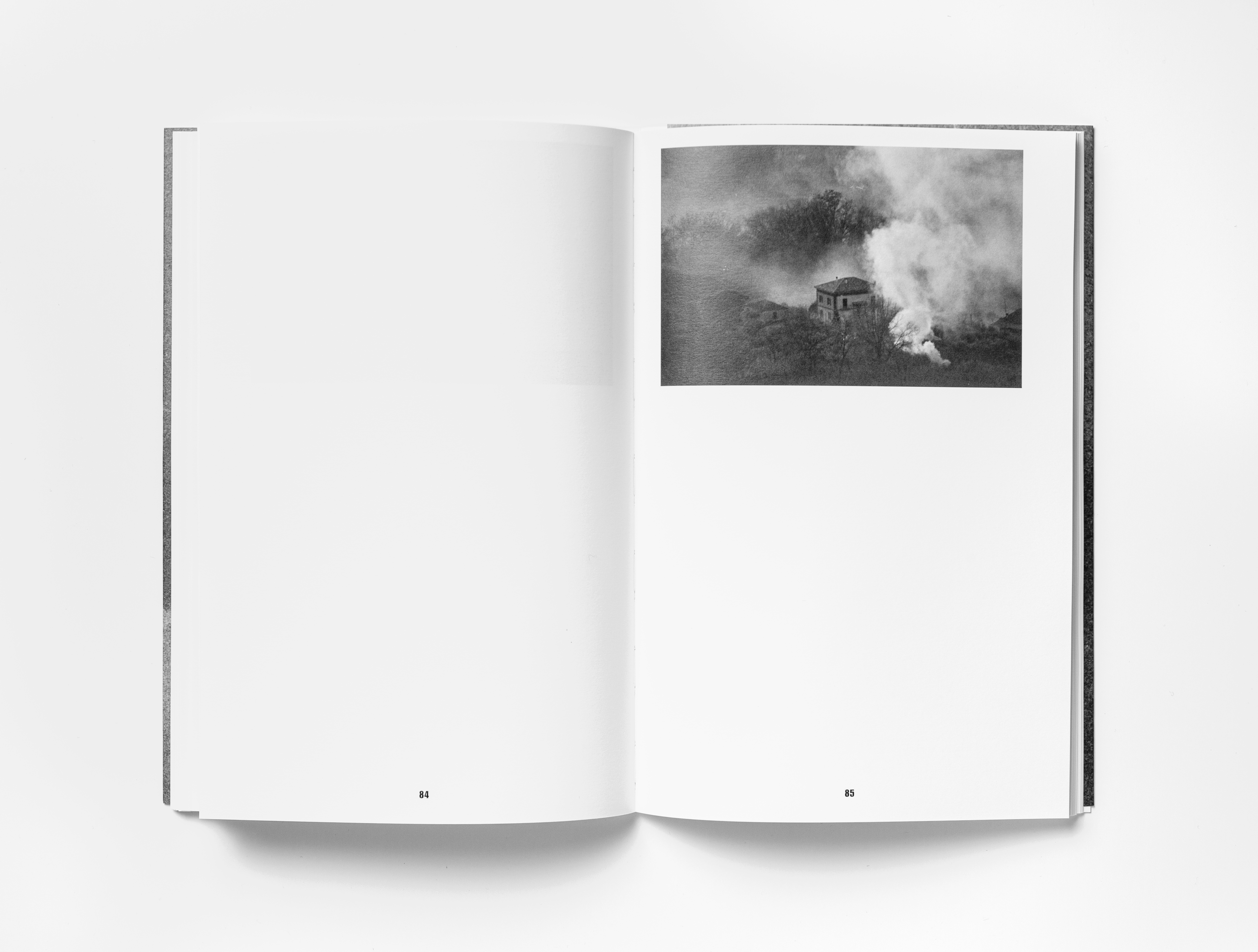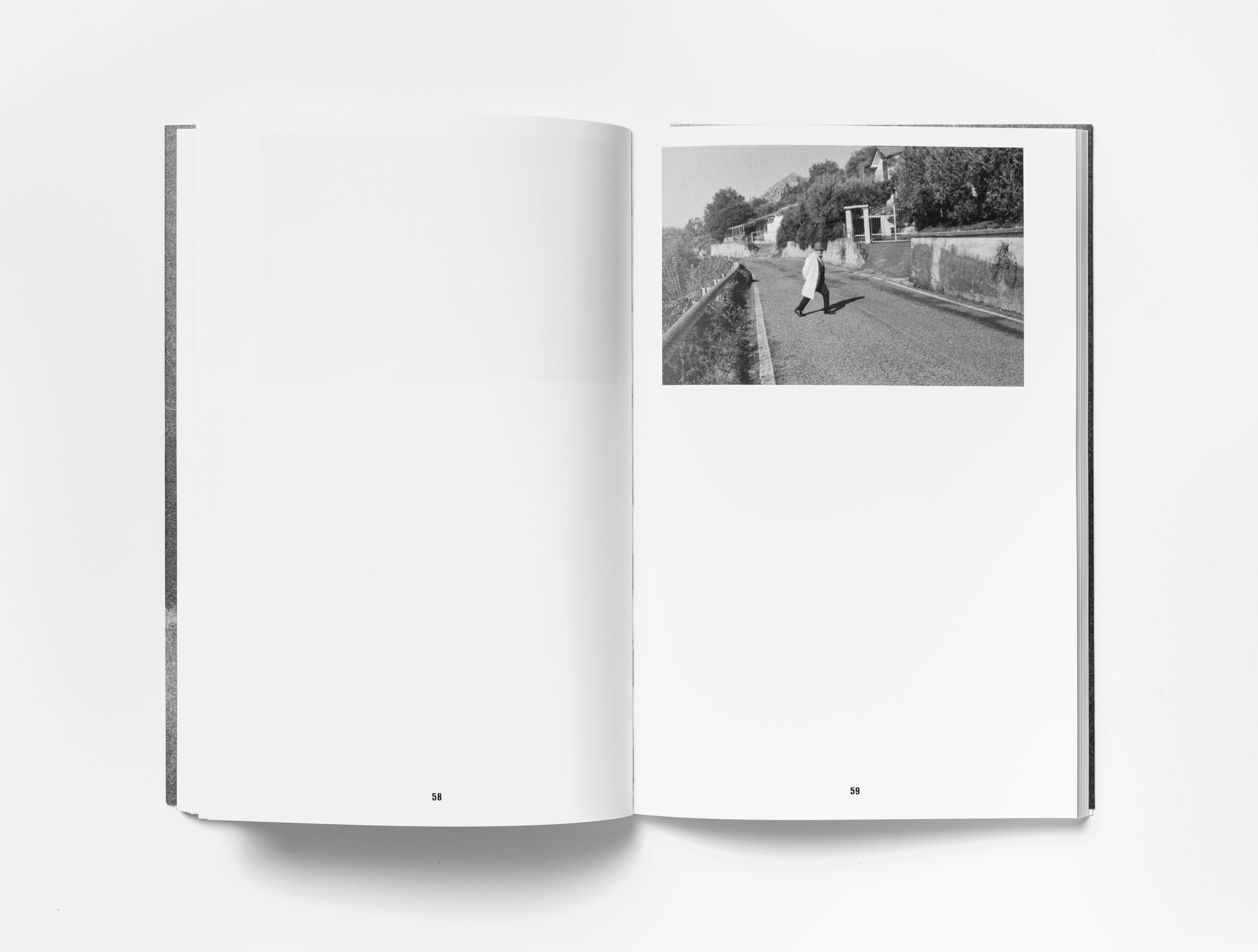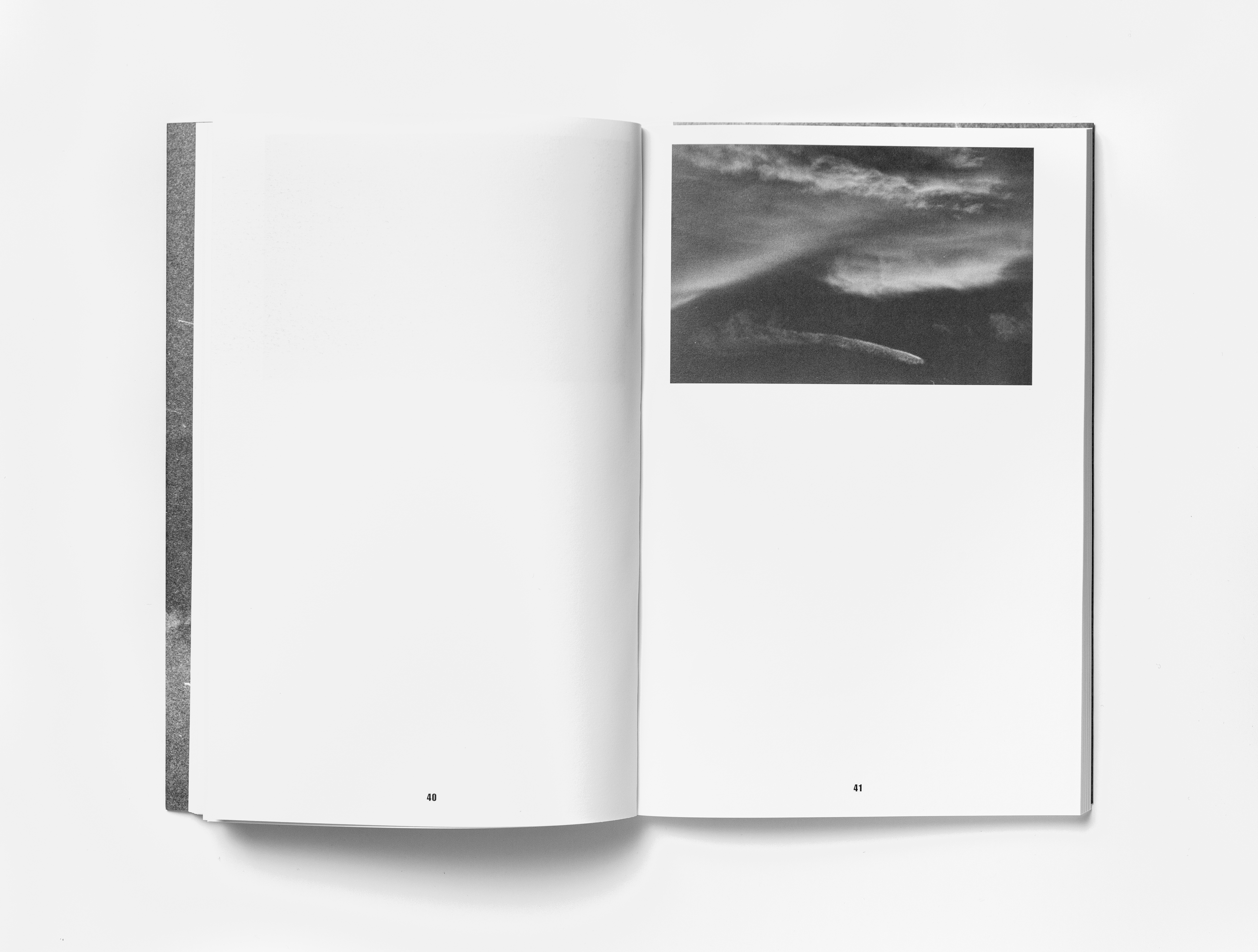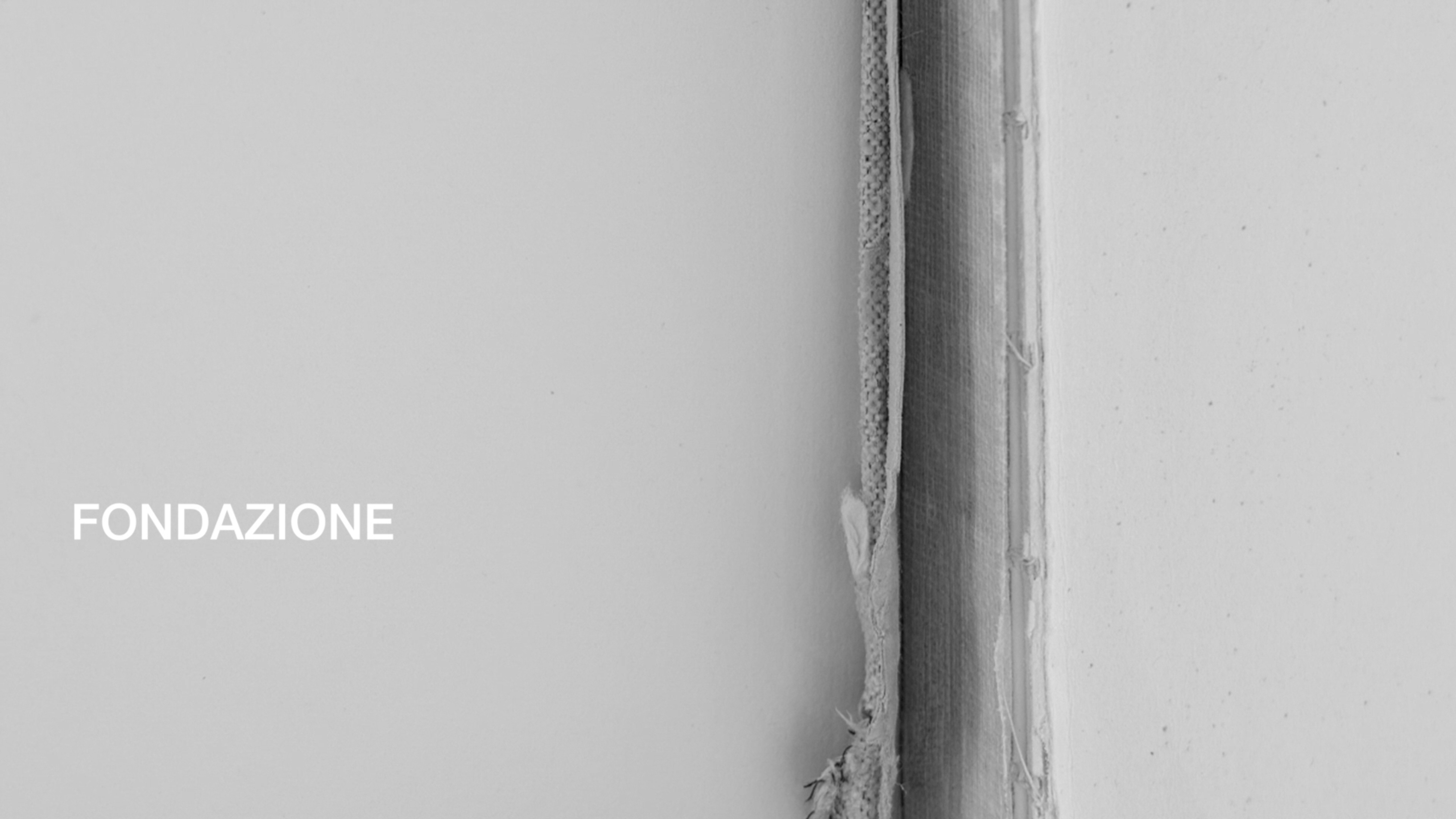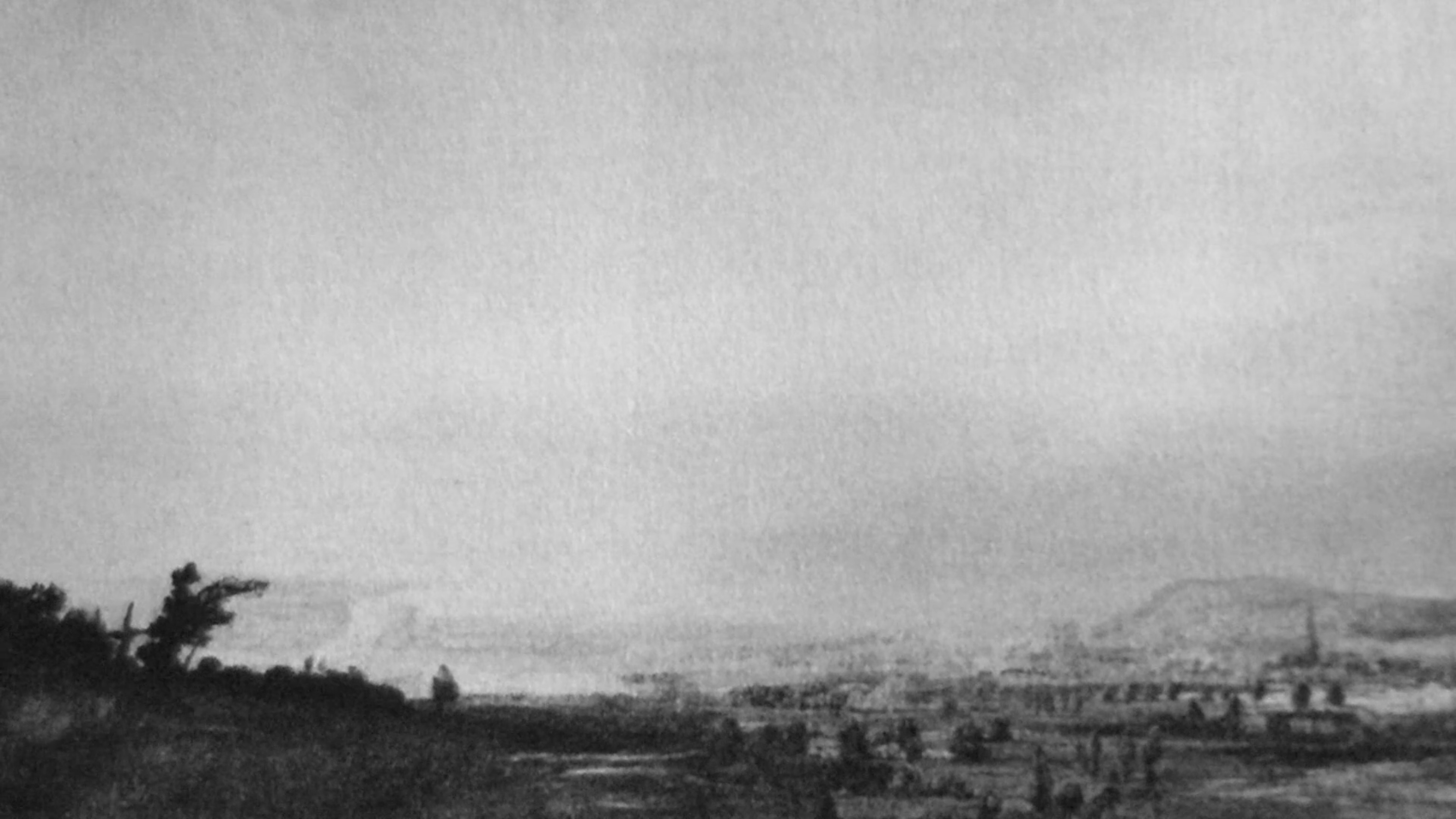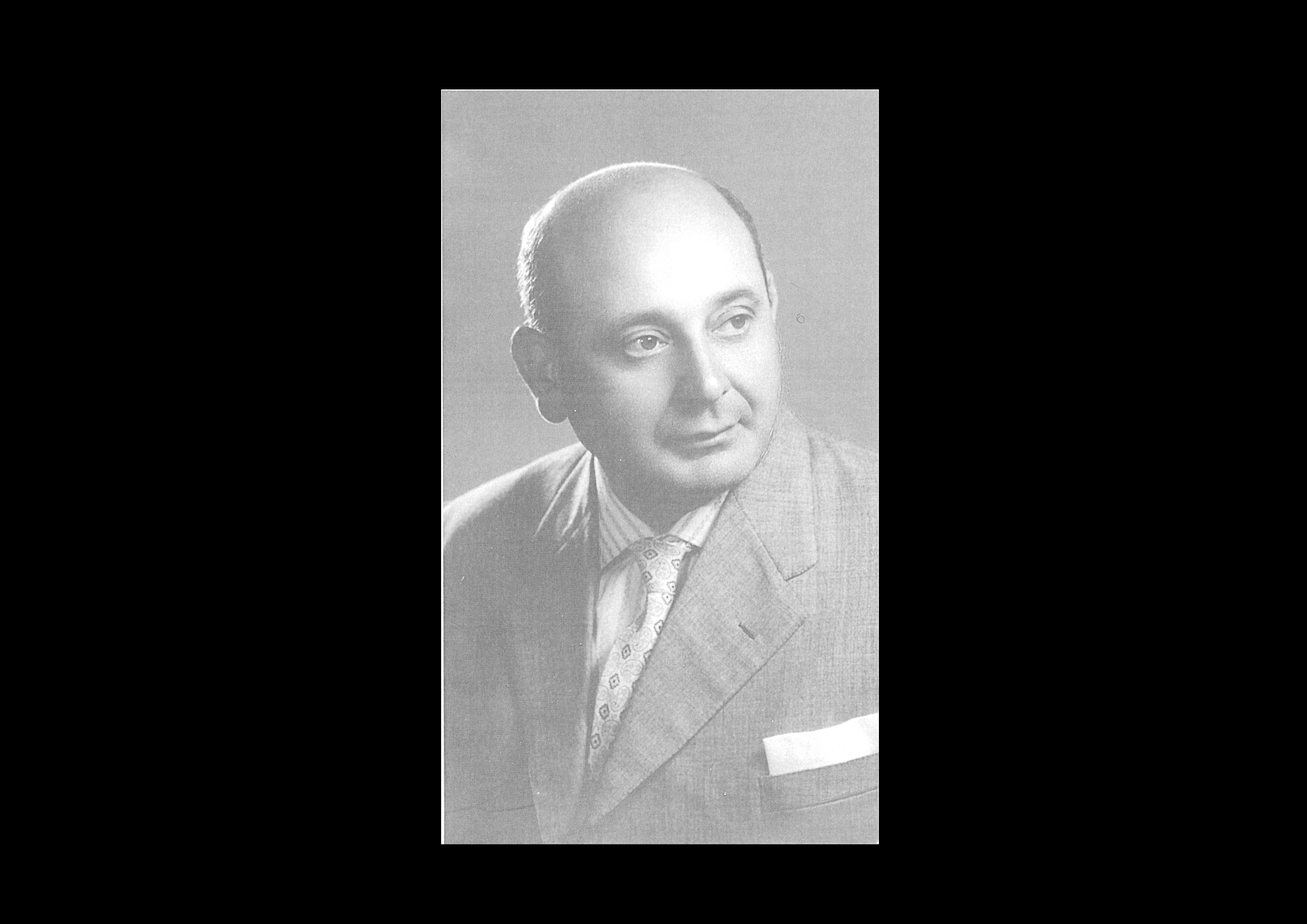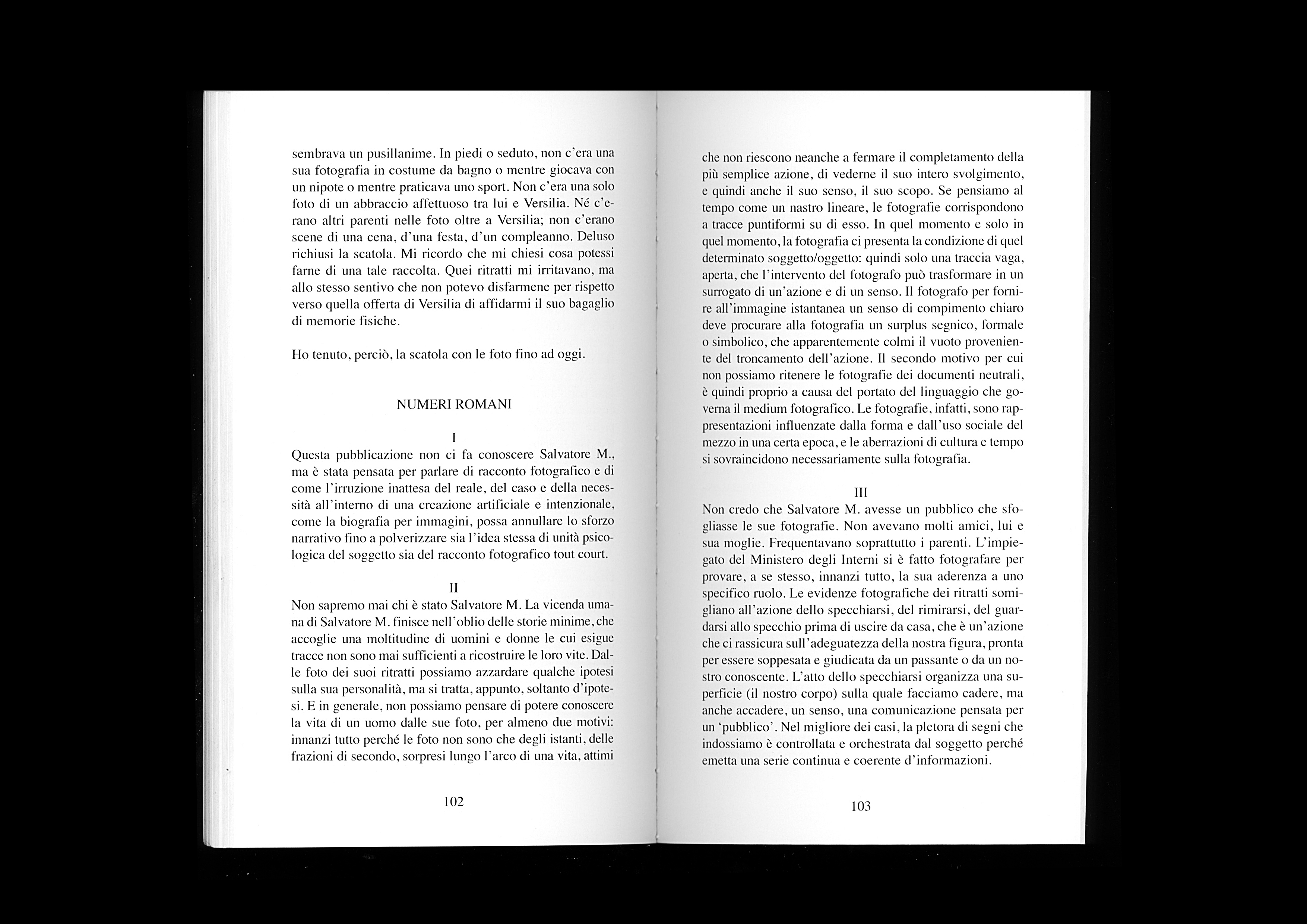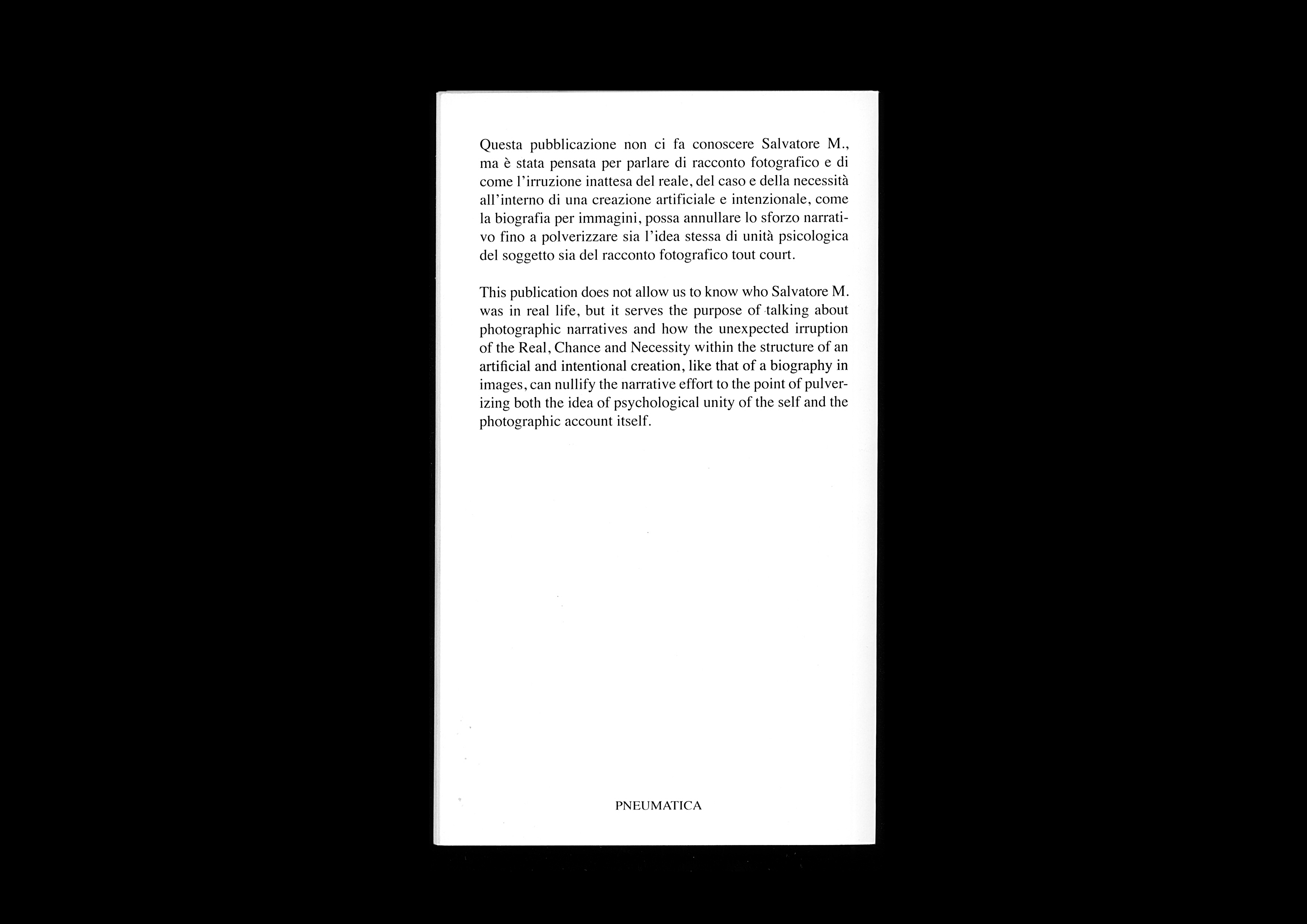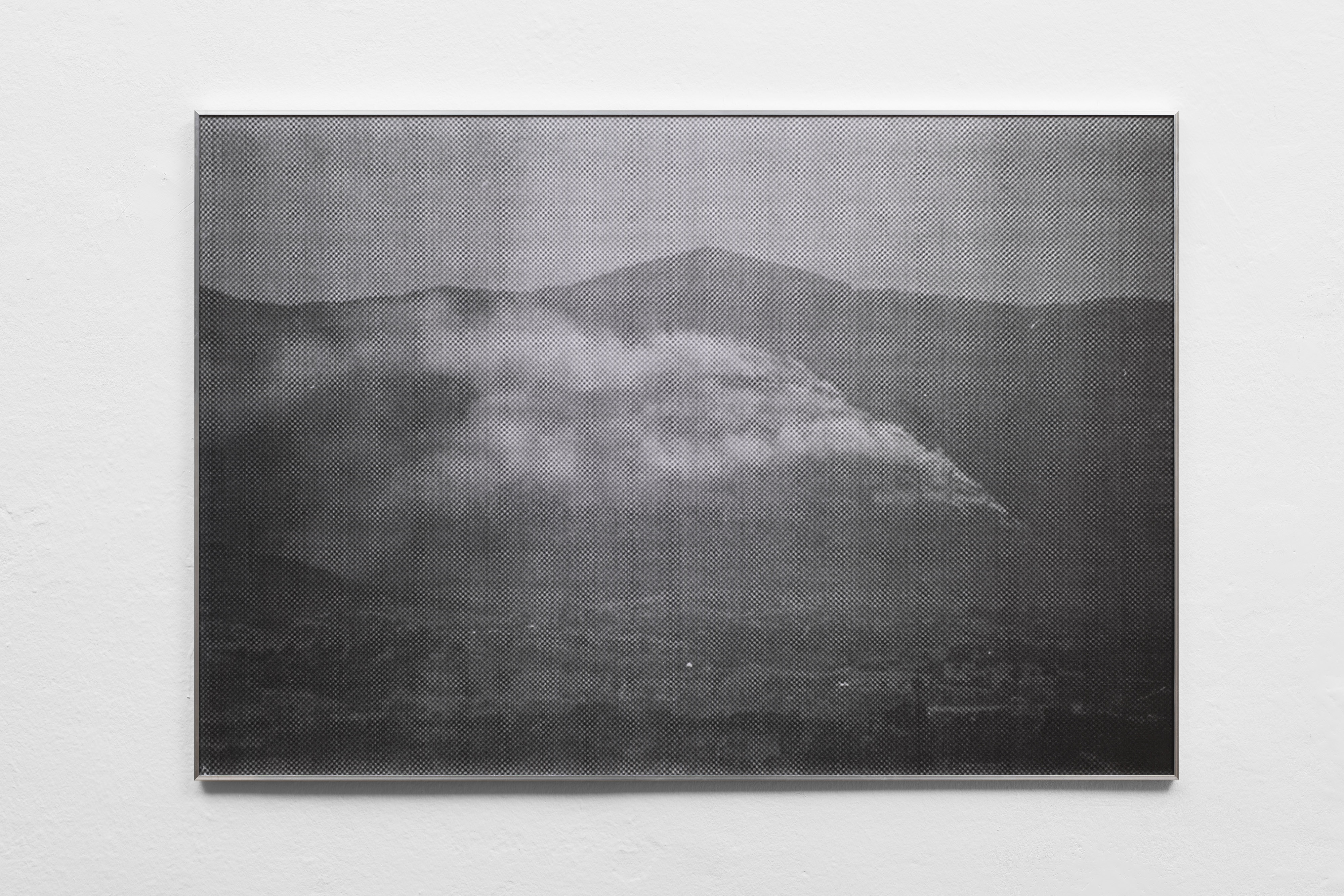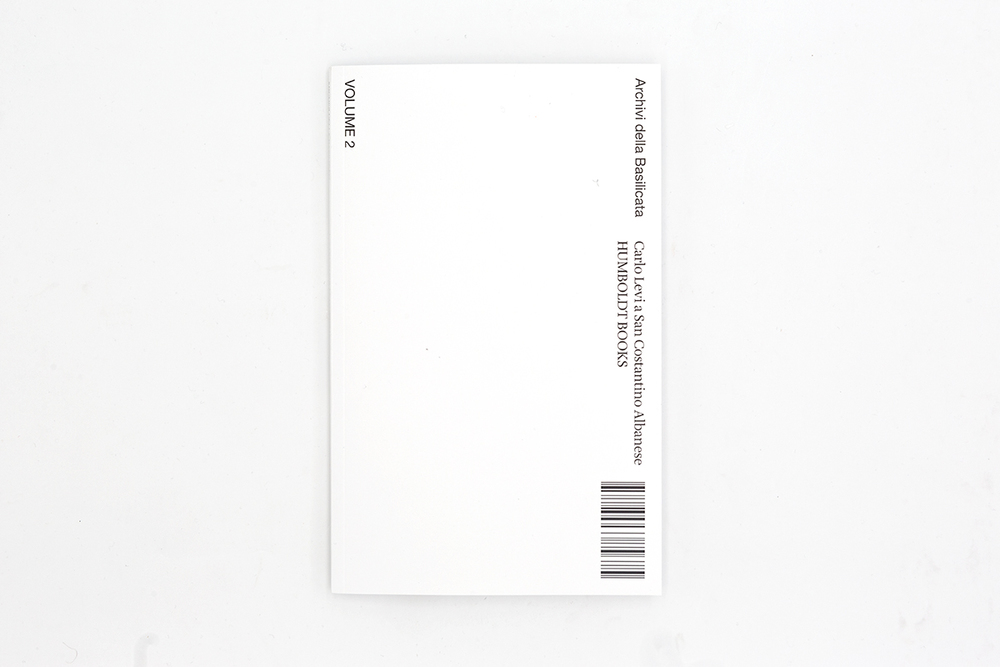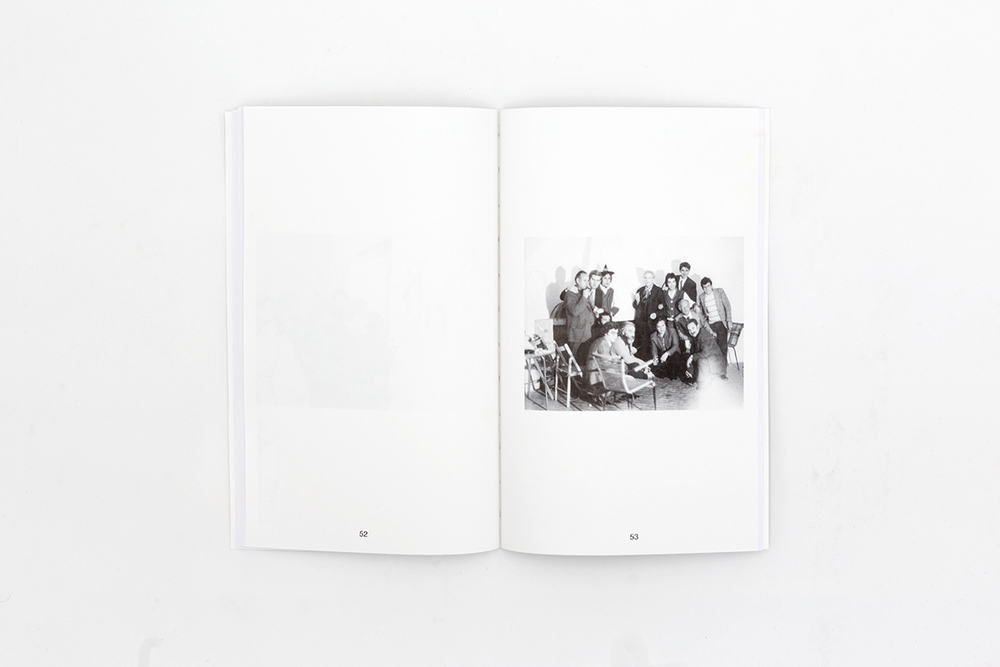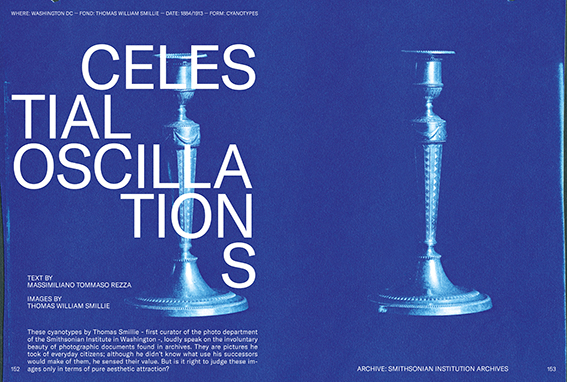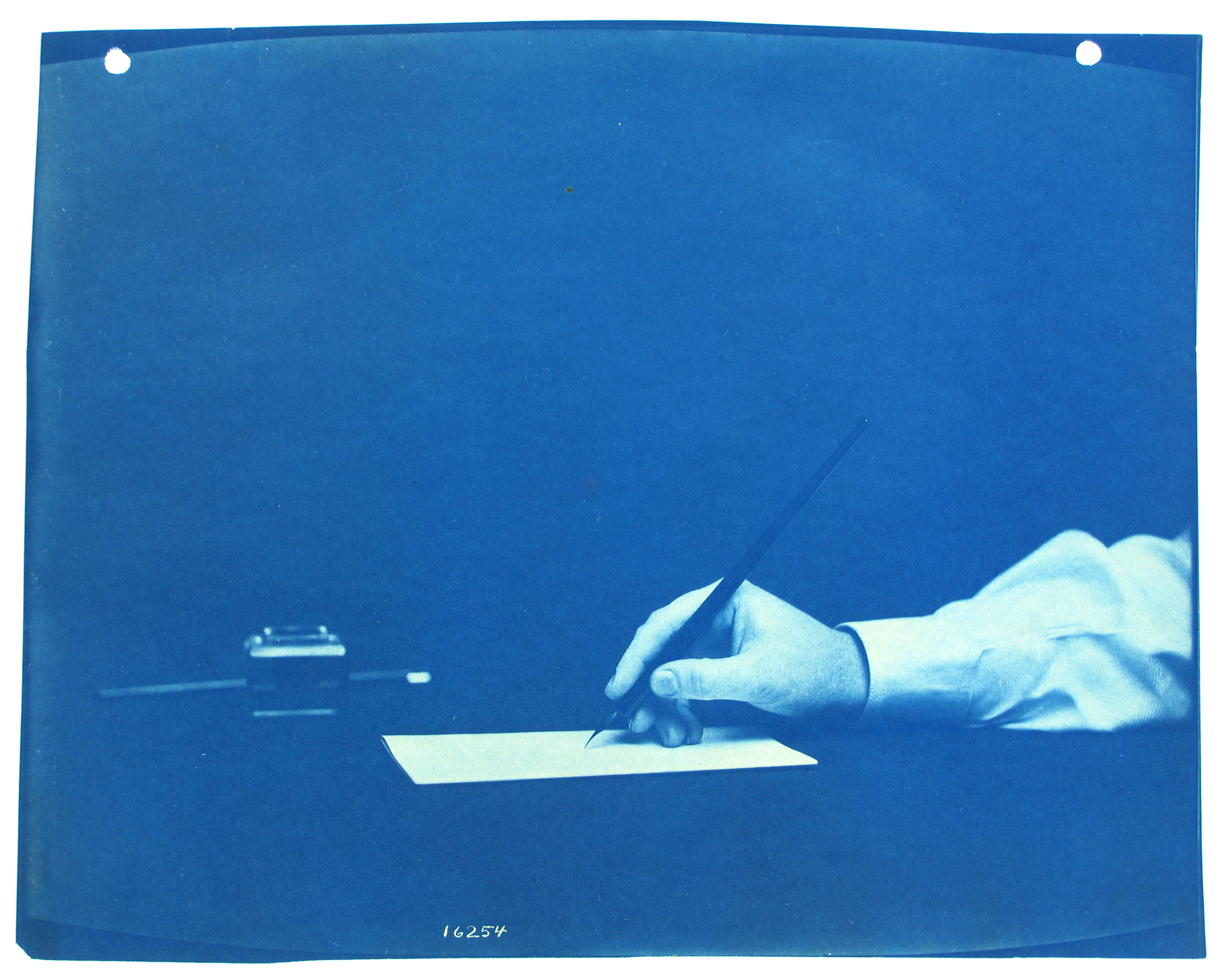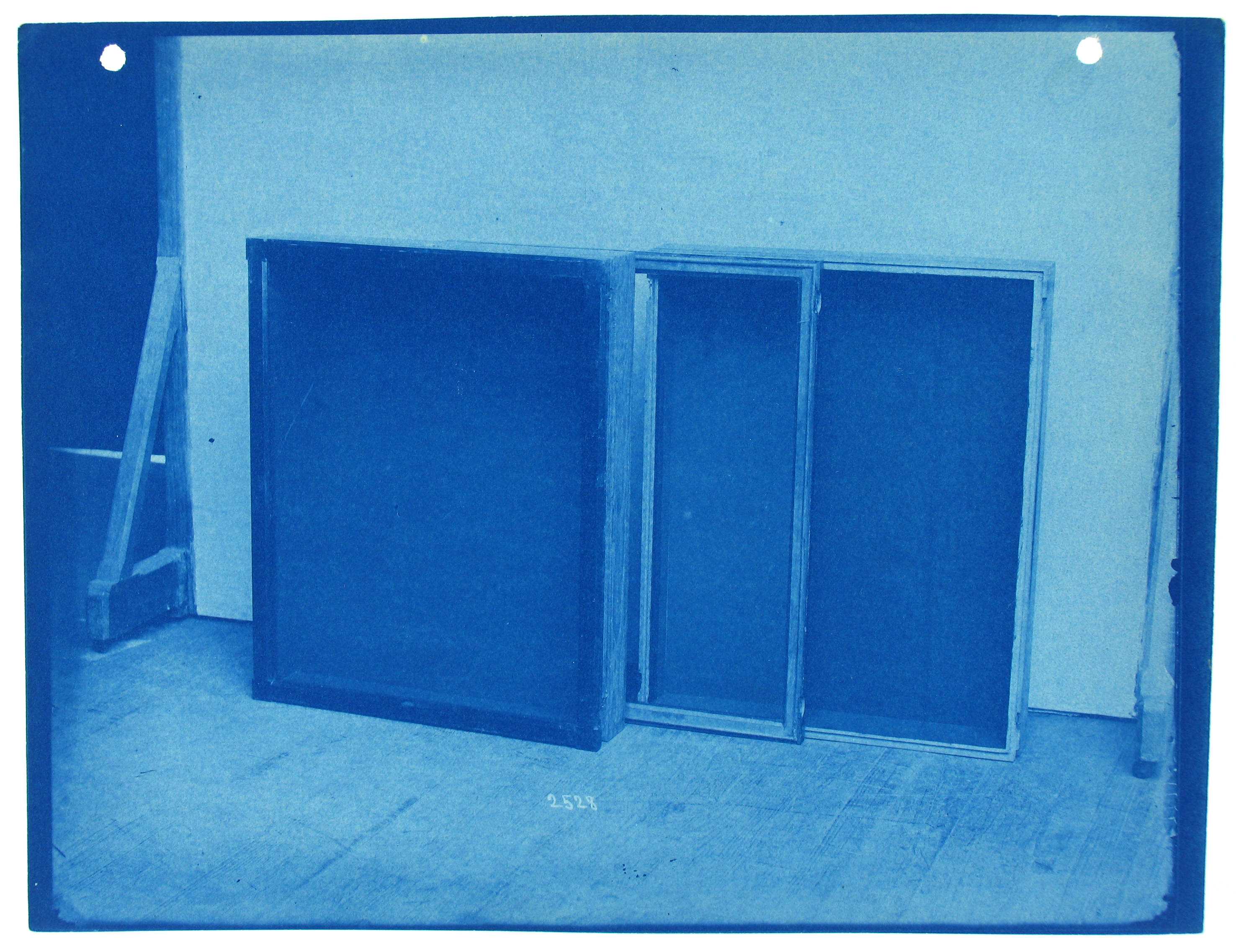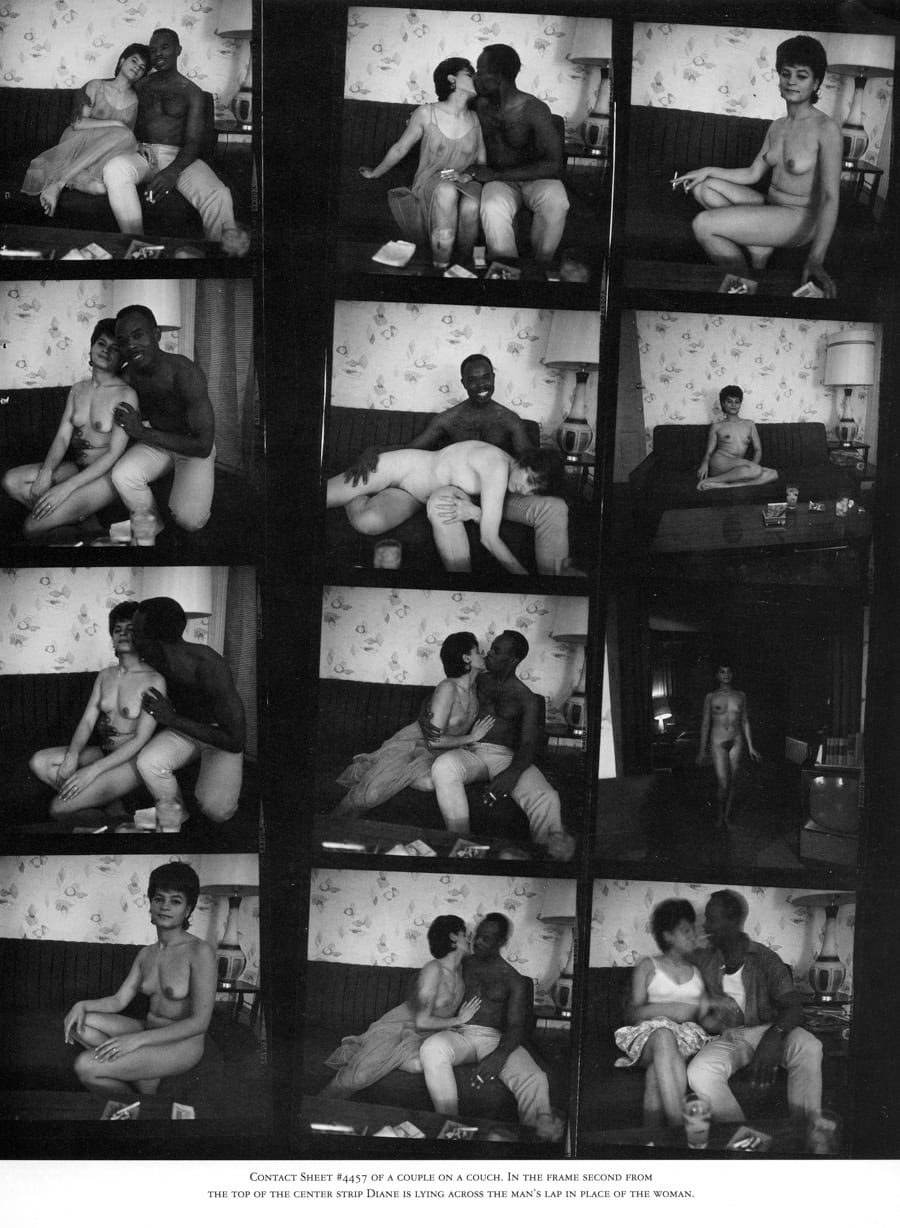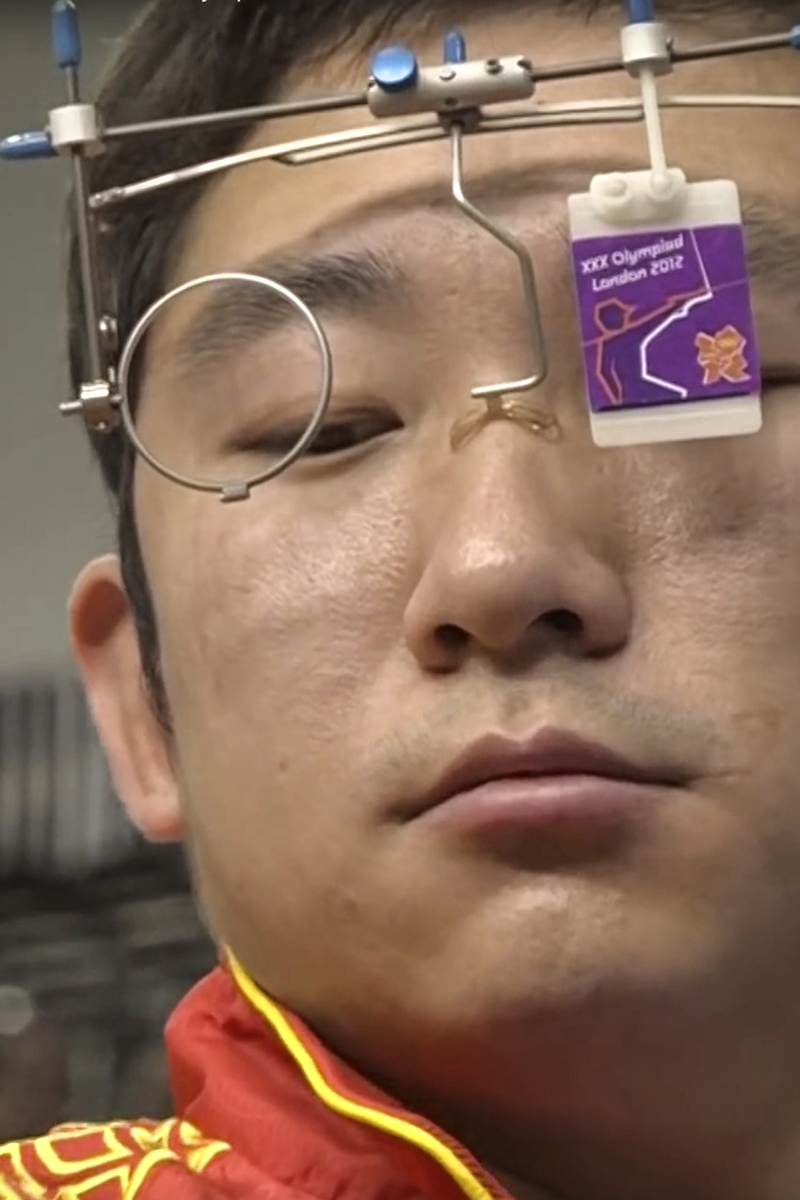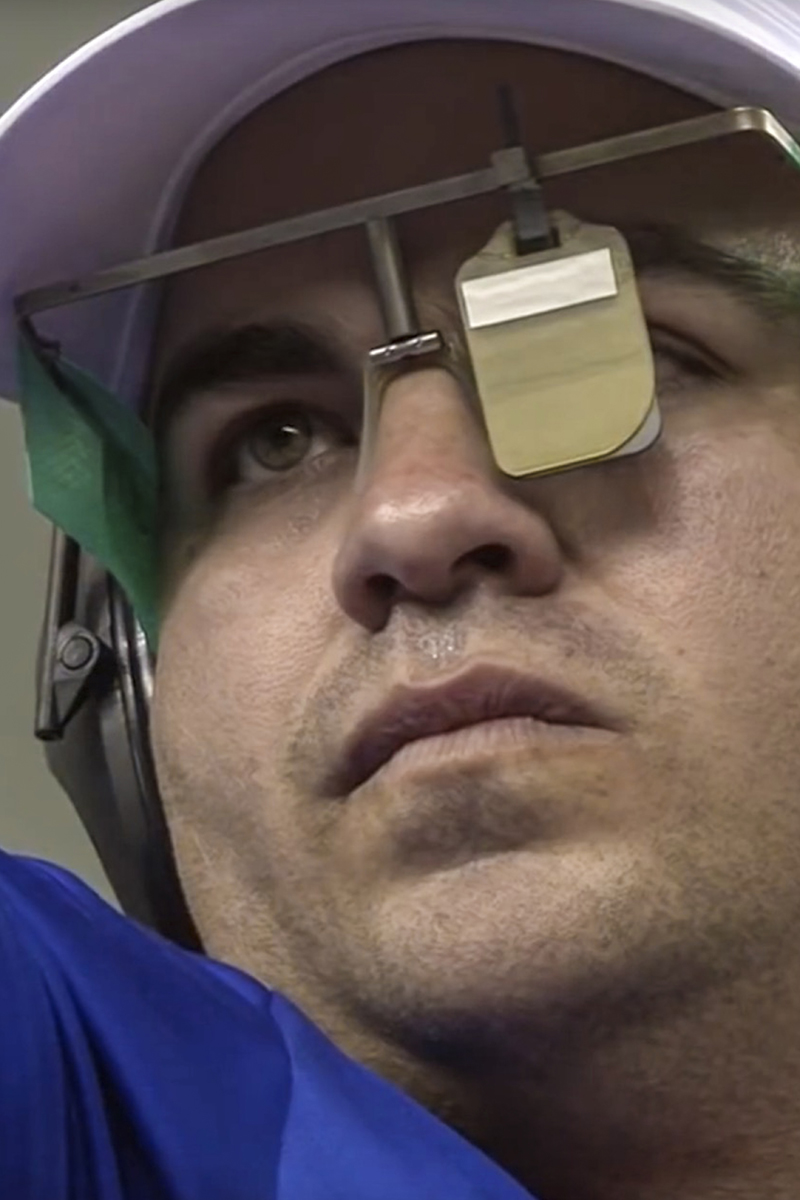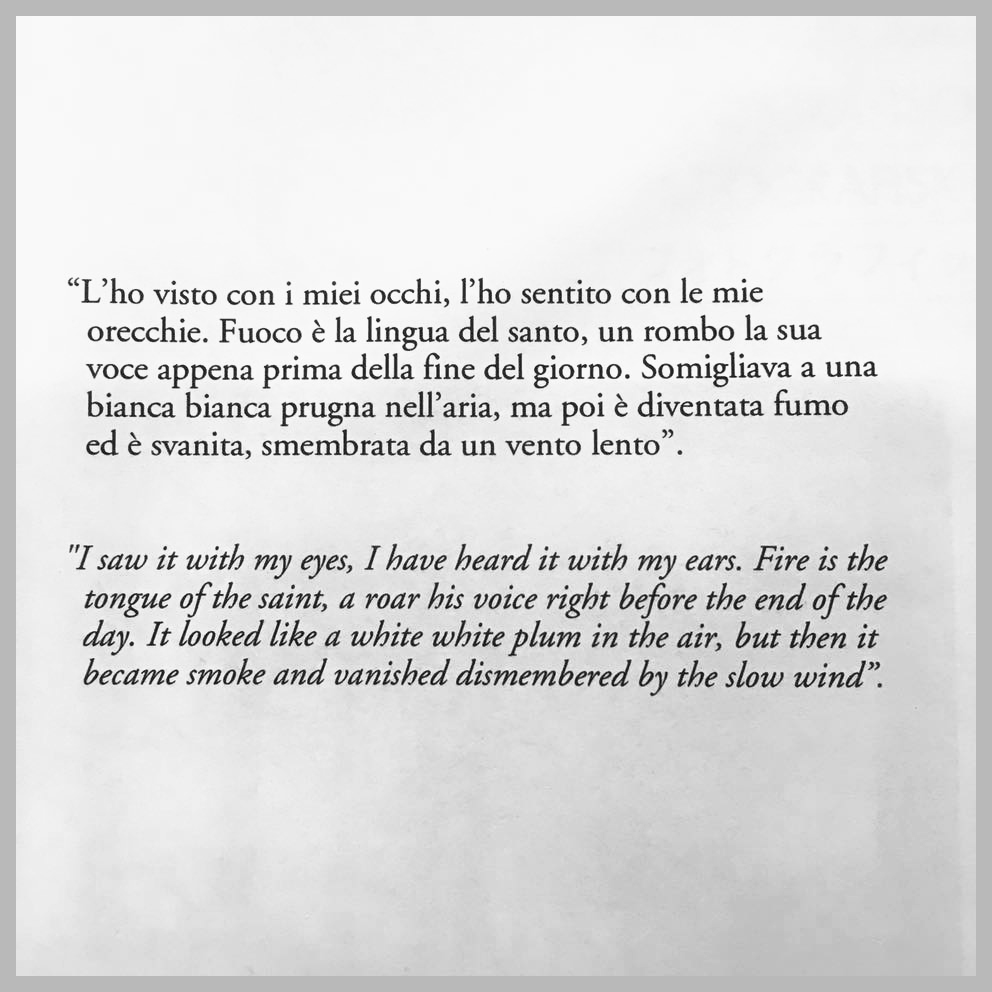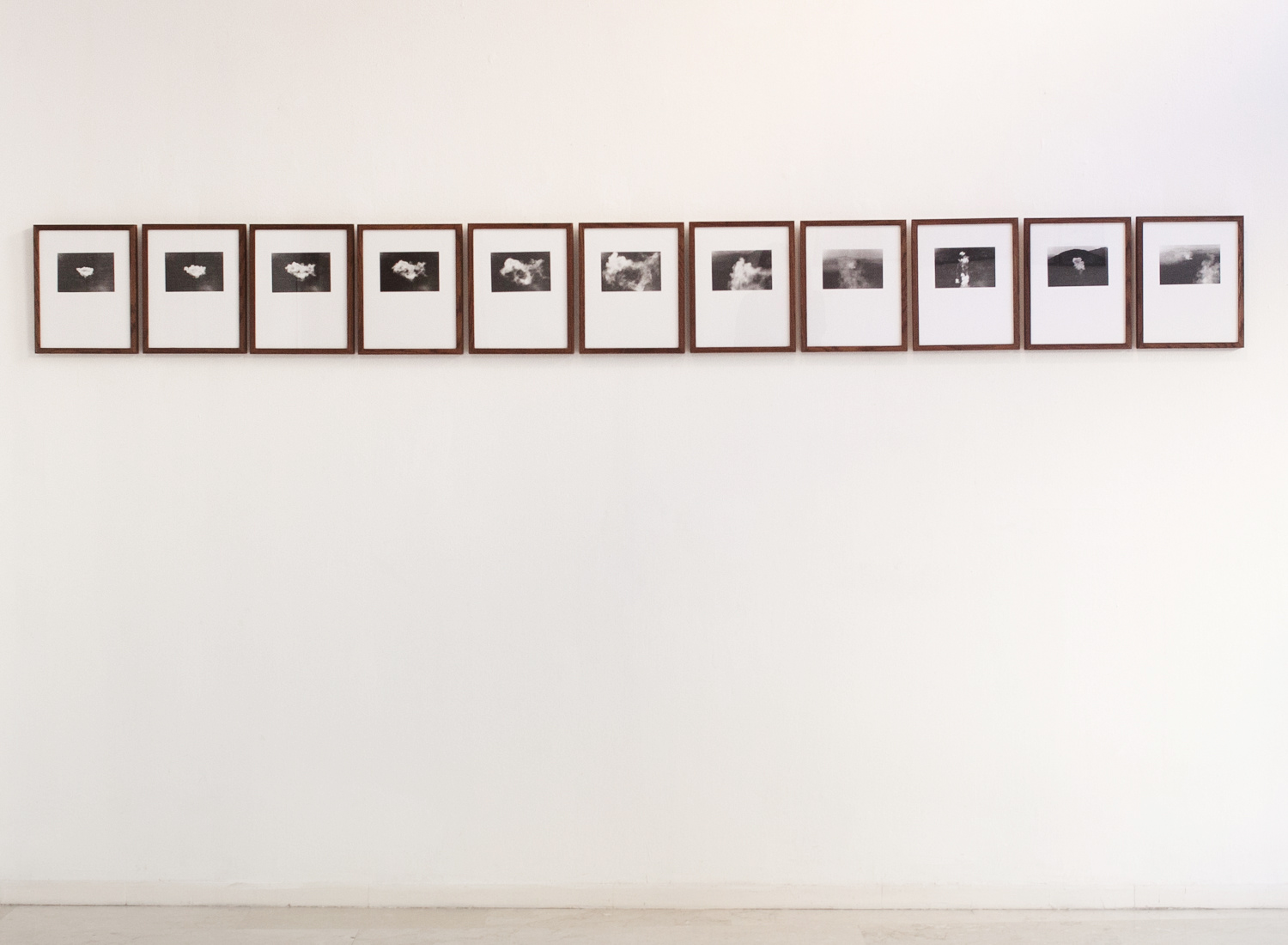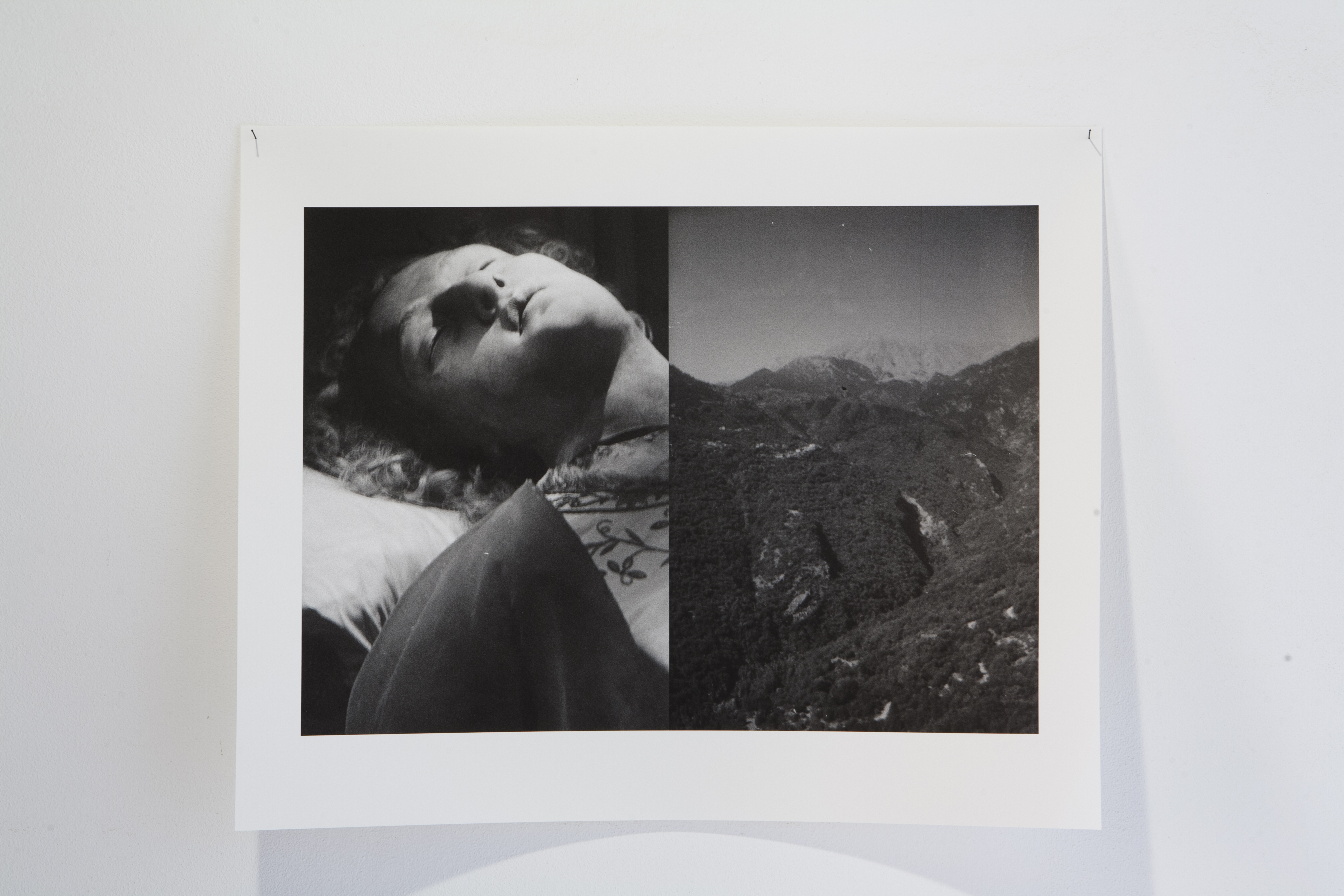MASSIMILIANO TOMMASO REZZA
Main Works and Contributions
Main Works and Contributions

Photographic and Video Project
Blind Spots
Massimiliano Tommaso Rezza and Mattia Balsamini
Concept by
Massimiliano Tommaso Rezza
Shooting sessions at Marsèll, Milan
4-7 May 2024
Blind Spots
Massimiliano Tommaso Rezza and Mattia Balsamini
Concept by
Massimiliano Tommaso Rezza
Shooting sessions at Marsèll, Milan
4-7 May 2024
On the results of direct observation of the visible and invisible parts of one's own body in the process of constructing the Body Image.
What image do we have of ourselves, of our body, and of our presence? How do we construct it and for what purpose? The image of one’s self serves to give a reliable and stable form to our physical and symbolic self. Our body is the vehicle of our existence in the world, and the image we have of it becomes the quasi-physical and mental anchor point for our thoughts, the fulcrum of every action, and the epicenter of our reflection.
With this work we want to verify how the process of direct self-observation occurs and what the final empirical results are. Through the use of volunteers and preparation sessions, makeup, and photographic shooting, we recreated conditions in which the subjects, observing themselves, become aware of the directly visible parts of their body without the aid of mirrors or other tools. Volunteers were asked to paint the visible parts of their body white and the invisible parts black. As shown in the photographs, the visible areas of one’s face are limited compared to the invisible ones. And surprisingly the very part of our body to which our personality and specificity are associated, the face, is less visible to ourselves than other parts. We are mostly unaware of how our face presents itself and how it reacts to external stimuli. This is, in itself, a paradoxical condition. The goal of this project is, starting from the body mapping obtained by coloring parts of the body, to reflect on the limited nature of our direct vision of the body and, conversely, to emphasize the reconstructive function of the psyche to achieve a total figure of oneself based on information not necessarily coming from our eyes. Although this integrated and multimodal self-reconstruction is never detailed, definitive, or crystal clear, it remains pragmatically functional.
The work documents both the performance of the subjects, thanks also to the use of video recordings, and the results obtained from direct observation. After the volunteers were photographed, we also wanted to make an imprint of their face on a white cloth, to emphasize the empirical process. This expedient recalls the photographic contact procedure, and thus its close relationship with an analog origin.
What image do we have of ourselves, of our body, and of our presence? How do we construct it and for what purpose? The image of one’s self serves to give a reliable and stable form to our physical and symbolic self. Our body is the vehicle of our existence in the world, and the image we have of it becomes the quasi-physical and mental anchor point for our thoughts, the fulcrum of every action, and the epicenter of our reflection.
With this work we want to verify how the process of direct self-observation occurs and what the final empirical results are. Through the use of volunteers and preparation sessions, makeup, and photographic shooting, we recreated conditions in which the subjects, observing themselves, become aware of the directly visible parts of their body without the aid of mirrors or other tools. Volunteers were asked to paint the visible parts of their body white and the invisible parts black. As shown in the photographs, the visible areas of one’s face are limited compared to the invisible ones. And surprisingly the very part of our body to which our personality and specificity are associated, the face, is less visible to ourselves than other parts. We are mostly unaware of how our face presents itself and how it reacts to external stimuli. This is, in itself, a paradoxical condition. The goal of this project is, starting from the body mapping obtained by coloring parts of the body, to reflect on the limited nature of our direct vision of the body and, conversely, to emphasize the reconstructive function of the psyche to achieve a total figure of oneself based on information not necessarily coming from our eyes. Although this integrated and multimodal self-reconstruction is never detailed, definitive, or crystal clear, it remains pragmatically functional.
The work documents both the performance of the subjects, thanks also to the use of video recordings, and the results obtained from direct observation. After the volunteers were photographed, we also wanted to make an imprint of their face on a white cloth, to emphasize the empirical process. This expedient recalls the photographic contact procedure, and thus its close relationship with an analog origin.
Curator/Editor of the Book
The Weight of the Word
by Piero Martinello and Piero Casentini
Self-published
2022
Pages 310
Dimensions: 21x29,7 cm
Binding: Paperback
Copies: 100
Sold out
The Weight of the Word
by Piero Martinello and Piero Casentini
Self-published
2022
Pages 310
Dimensions: 21x29,7 cm
Binding: Paperback
Copies: 100
Sold out
“The majority of individuals who contract Reiter's Syndrome, a form of reactive arthritis, suffer from fever, weight loss, and pain in the lower limbs. Few of them, however, are aware that the disease afflicting them is named after the German physician Hans Conrad Reiter, who conducted experiments on Jews at the Buchenwald concentration camp.
Eponyms in medicine are numerous, and for clinicians, it is a great honor to have their name associated with a disease. Even today, many eponyms perpetuate the memory of scientists who operated during Hitler's regime, committing crimes and engaging in ethically dishonorable behavior, in some cases using concentration camp prisoners as lab guinea pigs.
The successes of these individuals, who discovered new diseases or made significant contributions to the progress of medical science, have also granted a special immunity to these eponyms. It is only in recent years that it has been deemed appropriate to remove the names of these doctors from the nomenclature of the diseases.
The Weight of the Word is an extensive and in-depth documentation project by photographer Piero Martinello and historian Piero Casentini, focusing on cases of eponymy involving nine Nazi doctors and researchers. The collection of textual and visual material from libraries, archives, or still-used medical texts, such as Pernkopf's anatomical atlas, allows us to reconstruct the personal history of these doctors, their research, and, in some cases, the damnatio memoriae that followed the condemnation of their actions.
The documentary material gathered guides the observer towards a synoptic view, which reconnects the human and biographical story of these nine doctors, the crimes they committed, and the scientific success they achieved. Martinello and Casentini’s work thus invites us to reflect on the deontological and ethical dimensions in the scientific field and the immunity that science sometimes enjoys.
Translating The Weight of the Word into a book is a risky endeavor, as the visual material collected possesses an attractive form that can distract us from its dark origins. This is another issue that the work incidentally addresses: how to relate visual documentary forms to a well-defined history, capable of limiting the fascination that an isolated document might otherwise exert on us. The book aims to stimulate reflection on the unification of causes and effects, where otherwise there would only be a tendency to enjoy the form forgetfully.”
Massimiliano Tommaso Rezza
Eponyms in medicine are numerous, and for clinicians, it is a great honor to have their name associated with a disease. Even today, many eponyms perpetuate the memory of scientists who operated during Hitler's regime, committing crimes and engaging in ethically dishonorable behavior, in some cases using concentration camp prisoners as lab guinea pigs.
The successes of these individuals, who discovered new diseases or made significant contributions to the progress of medical science, have also granted a special immunity to these eponyms. It is only in recent years that it has been deemed appropriate to remove the names of these doctors from the nomenclature of the diseases.
The Weight of the Word is an extensive and in-depth documentation project by photographer Piero Martinello and historian Piero Casentini, focusing on cases of eponymy involving nine Nazi doctors and researchers. The collection of textual and visual material from libraries, archives, or still-used medical texts, such as Pernkopf's anatomical atlas, allows us to reconstruct the personal history of these doctors, their research, and, in some cases, the damnatio memoriae that followed the condemnation of their actions.
The documentary material gathered guides the observer towards a synoptic view, which reconnects the human and biographical story of these nine doctors, the crimes they committed, and the scientific success they achieved. Martinello and Casentini’s work thus invites us to reflect on the deontological and ethical dimensions in the scientific field and the immunity that science sometimes enjoys.
Translating The Weight of the Word into a book is a risky endeavor, as the visual material collected possesses an attractive form that can distract us from its dark origins. This is another issue that the work incidentally addresses: how to relate visual documentary forms to a well-defined history, capable of limiting the fascination that an isolated document might otherwise exert on us. The book aims to stimulate reflection on the unification of causes and effects, where otherwise there would only be a tendency to enjoy the form forgetfully.”
Massimiliano Tommaso Rezza

Seminar
Non-materialistic critique of Walker Evan’s work Many Are Called
CFP Bauer, Milan
2022
Non-materialistic critique of Walker Evan’s work Many Are Called
CFP Bauer, Milan
2022
With the exception of a few notable exceptions, such as Sarah Greenough's insightful critique of Many Are Called, the enigmatic work of Walker Evans has frequently been relegated to the realm of realist documentary, typically interpreted within the confines of the materialist tradition. The seminar presented to students a series of evidences and hypotheses suggesting that the refined and cultured American photographer aimed to create a conceptual work that intersected with literature, myth, and religion.
Book
Guarda, un cavallo di legno
Pneumatica
2022
Dimensions: 21x29,7 cm
Type of print: Digital
Pages: 310
Binding: Paperback
Copies: 100
Year: 2022
Guarda, un cavallo di legno
Pneumatica
2022
Dimensions: 21x29,7 cm
Type of print: Digital
Pages: 310
Binding: Paperback
Copies: 100
Year: 2022
Guarda, un cavallo di legno (Look, a wooden horse) is an attempt to translate a concept from Jewish mysticism, the tiqqun, into a book. According to the Kabbalah, at the time of the Fall, the vessels containing the divine light broke, and their fragments scattered throughout the world. Any man is called to collect them in order to reconstitute the lost unity and return to the Whole, to the original perfection of the world and to the final reunion with God.
Tiqqun is precisely that spiritual, ethical and existential process of collecting the fragments of the irreparably fractured vases.
The entire book hosts one single photo cropped and broken down into two hundred fragments, each of which occupies an entire spread. The reader will therefore have in his hands the whole photo and the subject represented in it without, however, ever being able to have access to it, without being able to reconstitute its original unity and its entire figure. Therefore, the reader will be asked to accept the frustration of a limit arbitrarily imposed by the artist.
Tiqqun is precisely that spiritual, ethical and existential process of collecting the fragments of the irreparably fractured vases.
The entire book hosts one single photo cropped and broken down into two hundred fragments, each of which occupies an entire spread. The reader will therefore have in his hands the whole photo and the subject represented in it without, however, ever being able to have access to it, without being able to reconstitute its original unity and its entire figure. Therefore, the reader will be asked to accept the frustration of a limit arbitrarily imposed by the artist.


Group Exhibition
Abbecedario Fotografico
Arte Al Monte, Forlì
curated by Elena Dolcini
2022
Abbecedario Fotografico
Arte Al Monte, Forlì
curated by Elena Dolcini
2022
The Fondazione Cassa dei Risparmi di Forlì is once again enhancing the exhibition spaces of Arte al Monte, located on the ground floor of the Palazzo del Monte di Pietà, further developing its connection with the world of contemporary art, particularly photography. Through the exhibition "Abbecedario Fotografico," a group show curated by Elena Dolcini featuring twenty-six of the most representative authors of contemporary Italian photography, the aim is to explore the relationship between words and images. Each letter of the alphabet is paired with a photograph, corresponding to 26 words related to photography and seeing (e.g., B for "banco ottico" (large format camera), C for "cogliere" (capture), L for "luce" (light)).
The exhibited authors include both established photographers, already recognized in national and international circuits, as well as emerging artists: Nicola Baldazzi, Emanuele Brutti, Luca Capuano, Piergiorgio Casotti, Valeria Cherchi, Alessandra Dragoni, Giuseppe De Mattia, Matteo Di Giovanni, Karim El Maktafi, Cesare Fabbri, Marcello Galvani, Luca Gambi, Stefano Graziani, Guido Guidi, Alessandro Imbriaco, Luca Massaro, Nino Migliori, Elena Negri, Chiara Pavolucci, Piero Percoco, Massimiliano Tommaso Rezza, Andrea Simonato, Massimo Sordi, Massimiliano Tappari, Filippo Venturi, and Alba Zari.
The exhibited authors include both established photographers, already recognized in national and international circuits, as well as emerging artists: Nicola Baldazzi, Emanuele Brutti, Luca Capuano, Piergiorgio Casotti, Valeria Cherchi, Alessandra Dragoni, Giuseppe De Mattia, Matteo Di Giovanni, Karim El Maktafi, Cesare Fabbri, Marcello Galvani, Luca Gambi, Stefano Graziani, Guido Guidi, Alessandro Imbriaco, Luca Massaro, Nino Migliori, Elena Negri, Chiara Pavolucci, Piero Percoco, Massimiliano Tommaso Rezza, Andrea Simonato, Massimo Sordi, Massimiliano Tappari, Filippo Venturi, and Alba Zari.
Book
ABM
Pneumatica
2022
Type of print: Offset
Dimensions 30x40 cm
Pages 52
Binding: No binding
Copies: 200
Year: 2022
ABM
Pneumatica
2022
Type of print: Offset
Dimensions 30x40 cm
Pages 52
Binding: No binding
Copies: 200
Year: 2022
I am not the photographer
Five photographs of the public in Mauerpark, Berlin.
I took five photographs of the “public”. The individual faces were neither seen nor perceived, they simply emerged from the photographic recording; they presented themselves to ask, to question. They detached from the background to reach us, the interlocutor. From being undifferentiated units of a collective name they have become personal names.
Five photographs of the public in Mauerpark, Berlin.
I took five photographs of the “public”. The individual faces were neither seen nor perceived, they simply emerged from the photographic recording; they presented themselves to ask, to question. They detached from the background to reach us, the interlocutor. From being undifferentiated units of a collective name they have become personal names.
Visual contribution and cover
La Quarta Parete (the Forth Wall)
X magazine
“Inside the outlying bodies” issue
2022
La Quarta Parete (the Forth Wall)
X magazine
“Inside the outlying bodies” issue
2022
X is an annual magazine focusing on visual culture and experimental literature: a collective artwork, a material flow of reality that eludes any prediction. X freezes on paper the power of contemporary art and writing, welcoming with joy the delirum of participating in such pursuits. Pain, battles, sequences of errors, vanished memories and unwanted prophecies; X is born because we can still be against everything and also against ourselves.
Essay and Visual contribution
X magazine
Inside the outlying bodies
2022
X magazine
Inside the outlying bodies
2022
“An image, whatever it may be, radiates a spontaneous semiosis and, the richer the reader’s visual culture, the richer the reverberation or productive associative thinking that it sparks. Even the savviest of viewers cannot be protected from the influences and effects that the image produces. An image is physically and cognitively opaque. The way an image displays its power resides in the fact that it does not use discrete units of information, such as letters or numbers. Some parts of the image start recalling other forms, structures of previous visual propositions, patterns of composition, recurrences of models, and conjure up associations arising from personal and cultural experience. Therefore, every image is meant to radiate slippery and mobile clusters of recognition. The outcome of an image is often left to the innate ability and freedom of interpretation possessed by all subjects.
The image is perceived, then deciphered and interpreted subjectively. This means that we place it in relation to what we already know or have seen, what we think it is similar to, and which cultural discourse we think it belongs to. In short, an image starts by activating spontaneous associations, and only later in time is its content placed in a socio-cultural context.
[...]
The view of a mouth causes an avalanche, a vast semiotic drift. But a wide-open mouth is a case unto itself: whether dying or screaming, singing or groaning, receiving or ejecting, the mouth always looks the same. It opens during an orgasm, stretches out in a shout, displaying pleasure and pain in equal measure. La petite as the French call it, the orgasm, the sophisticated spasm of life which glorifies biology is at the same time the path through which any being can reach a surrogate of transcendence, or at least a plangent fugue. It is where opposites meet, the synthesis of pre-idealistic animal existence and the acoustic chamber of a prayer. Life and death start and end there, both meeting in this topographic, anatomical, physical, material and spiritual place.
Yet the same mouth presides over all social functions and exchanges. The photograph of a mouth is the map of a person’s participation in life. While the eyes are passive receivers of the facts of the world, the mouth is the organ of the most distinct human characteristics, the source of language, the location of the emission of information. Its vision triggers the idea of both physicality and ideality, its matter subsumes the negotiations between acoustic phenomena and the invisible substance of thoughts. It is the location of individual identity and a subscription to the human species.
The image of the mouth is the representation of abyss and height. It is both misery and elevation.”
The image is perceived, then deciphered and interpreted subjectively. This means that we place it in relation to what we already know or have seen, what we think it is similar to, and which cultural discourse we think it belongs to. In short, an image starts by activating spontaneous associations, and only later in time is its content placed in a socio-cultural context.
[...]
The view of a mouth causes an avalanche, a vast semiotic drift. But a wide-open mouth is a case unto itself: whether dying or screaming, singing or groaning, receiving or ejecting, the mouth always looks the same. It opens during an orgasm, stretches out in a shout, displaying pleasure and pain in equal measure. La petite as the French call it, the orgasm, the sophisticated spasm of life which glorifies biology is at the same time the path through which any being can reach a surrogate of transcendence, or at least a plangent fugue. It is where opposites meet, the synthesis of pre-idealistic animal existence and the acoustic chamber of a prayer. Life and death start and end there, both meeting in this topographic, anatomical, physical, material and spiritual place.
Yet the same mouth presides over all social functions and exchanges. The photograph of a mouth is the map of a person’s participation in life. While the eyes are passive receivers of the facts of the world, the mouth is the organ of the most distinct human characteristics, the source of language, the location of the emission of information. Its vision triggers the idea of both physicality and ideality, its matter subsumes the negotiations between acoustic phenomena and the invisible substance of thoughts. It is the location of individual identity and a subscription to the human species.
The image of the mouth is the representation of abyss and height. It is both misery and elevation.”
Book
Palatography and the Risks of Arbitrary Interpretetations of Scientific Documents
Pneumatica
2021
Dimensions: 10x17cm
Pages: 104
Binding: Softcover
Copies: 100
Year: 2021
Palatography and the Risks of Arbitrary Interpretetations of Scientific Documents
Pneumatica
2021
Dimensions: 10x17cm
Pages: 104
Binding: Softcover
Copies: 100
Year: 2021
Often contemporary artistic practice uses visual documents coming from technical and scientific fields, because of their expressive and fascinating forms, transcending and ignoring original uses and functions.
Phonology uses Palatography to detect anatomical mechanisms in producing human speech. In this book, its concrete form is photographic imagery; in particular, photographs of the roof of the mouth touched by the tongue in articulating specific sounds. Pneumatica conducted an interview with Professor Keith Johnson, a prominent scientist in the linguistic field and director of the PhonLab of Berkeley University, about these documents and what they mean. Fascinating on other registers, the subject, form, and use of these documents is restricted to a specialized field of science. The original function and use of visual documents from a specific field changes our perception of them, passing from immediate and natural response, emotionally and semiotically hybrid, to an informed one--material, literal, rational.
This book exposes critical issues related to documental images. Are they free of subjective interpretation? Should we always look for their original use and function? Is our immediate and natural response to them sufficient? Or should we always doubt our spontaneous responses to them?
Phonology uses Palatography to detect anatomical mechanisms in producing human speech. In this book, its concrete form is photographic imagery; in particular, photographs of the roof of the mouth touched by the tongue in articulating specific sounds. Pneumatica conducted an interview with Professor Keith Johnson, a prominent scientist in the linguistic field and director of the PhonLab of Berkeley University, about these documents and what they mean. Fascinating on other registers, the subject, form, and use of these documents is restricted to a specialized field of science. The original function and use of visual documents from a specific field changes our perception of them, passing from immediate and natural response, emotionally and semiotically hybrid, to an informed one--material, literal, rational.
This book exposes critical issues related to documental images. Are they free of subjective interpretation? Should we always look for their original use and function? Is our immediate and natural response to them sufficient? Or should we always doubt our spontaneous responses to them?


Exhibition
Non sono io il fotografo
Festival Castelnuovo Fotografia
2021
Non sono io il fotografo
Festival Castelnuovo Fotografia
2021
Starts from the homonymous book published in 2021 by Pneumatica, an independent publishing house founded by Massimiliano Tommaso Rezza himself.
Like the book, the exhibition project for Castelnuovo Fotografia emphasizes the ambiguous nature of photography and the conventions and social practices embedded within it.
The choice of frame, subject, and style is not a neutral action; rather, they are the evident signs and symptoms of photographic automatism, conjectures, ideas, and political choices that influence the outcome of the photographic recording.
Starting from five photographs that the author himself took of “an audience” during an event in Berlin, enlargements have been created to highlight the individuals’ physiognomies.
Like the book, the exhibition project for Castelnuovo Fotografia emphasizes the ambiguous nature of photography and the conventions and social practices embedded within it.
The choice of frame, subject, and style is not a neutral action; rather, they are the evident signs and symptoms of photographic automatism, conjectures, ideas, and political choices that influence the outcome of the photographic recording.
Starting from five photographs that the author himself took of “an audience” during an event in Berlin, enlargements have been created to highlight the individuals’ physiognomies.
Book
Non sono io il fotografo
Pneumatica
2021
Dimensions: 15x21cm
Pages: 208
Binding: Brossure
Copies: 100
Year: 2020
Non sono io il fotografo
Pneumatica
2021
Dimensions: 15x21cm
Pages: 208
Binding: Brossure
Copies: 100
Year: 2020
I am not the photographer
Five photographs of the public in Mauerpark, Berlin
I took five photographs of the “public”. The individual faces were neither seen nor perceived, they simply emerged from the photographic recording; they presented themselves to ask, to question. They detached from the background to reach us, the interlocutor. From being undifferentiated units of a collective name they have become personal names.
Five photographs of the public in Mauerpark, Berlin
I took five photographs of the “public”. The individual faces were neither seen nor perceived, they simply emerged from the photographic recording; they presented themselves to ask, to question. They detached from the background to reach us, the interlocutor. From being undifferentiated units of a collective name they have become personal names.
Book
Psalm
Witty Books
2020
Pages: 128
Dimensions: 18 x 27 cm
Binding: Soft cover with dust jacket
Psalm
Witty Books
2020
Pages: 128
Dimensions: 18 x 27 cm
Binding: Soft cover with dust jacket
The poem Psalm by Paul Celan is a sorrowful chant that adverts to a state of total loss of orientation. The sky under which men live is empty. Nobody answers our call.
When the whole world is threatened we cease to rely only on reason for the causes of danger, but we seek in the first place words or images that may express our condition of dismay. Man finds, thus, a different language, a poetic one that is no longer an expression of certainty: that certainty that the current crisis has dismantled . The formulation of the question has become a chant. Words and images tremble, they are moved, they are honest and authentic vehicles of tragic emotional lucidity. From a system of certainties of technical-scientific thought man arrives at personal, intimate, human language, which is an elegy, a lamentation, a psalm.
When the whole world is threatened we cease to rely only on reason for the causes of danger, but we seek in the first place words or images that may express our condition of dismay. Man finds, thus, a different language, a poetic one that is no longer an expression of certainty: that certainty that the current crisis has dismantled . The formulation of the question has become a chant. Words and images tremble, they are moved, they are honest and authentic vehicles of tragic emotional lucidity. From a system of certainties of technical-scientific thought man arrives at personal, intimate, human language, which is an elegy, a lamentation, a psalm.
Article / interview / participation
An unexpected influencer, An Unexpected Influencer. Aby Warburg as a Muse for Contemporary Visual Culture.
curated by Chiara Capodici and Benedetta Cestelli Guidi
2020
An unexpected influencer, An Unexpected Influencer. Aby Warburg as a Muse for Contemporary Visual Culture.
curated by Chiara Capodici and Benedetta Cestelli Guidi
2020
Q: How did you find out about Aby Warburg’s work? What interests you the most?
A: I first encountered the ideas of Aby Warburg while I was reading an essay about Walter Benjamin. I was struck by Warburg’s idea that thoughts can be communicated by signs and these signs can undergo a transformation to find a better translation of an idea for the current times. That means that images are temporary containers that change shape and expression. Their transformation is a process that reveals, as a symptom, an urgent cultural and historical aspect of the collective psyche. Images are both symptoms and living beings.
A: I first encountered the ideas of Aby Warburg while I was reading an essay about Walter Benjamin. I was struck by Warburg’s idea that thoughts can be communicated by signs and these signs can undergo a transformation to find a better translation of an idea for the current times. That means that images are temporary containers that change shape and expression. Their transformation is a process that reveals, as a symptom, an urgent cultural and historical aspect of the collective psyche. Images are both symptoms and living beings.
Video
Fondazione
Spazio Labò, Bologna
2020
Fondazione
Spazio Labò, Bologna
2020
Starting from the book “History of Painting, from the time of the caves to our days”, curated by H.W. Janson and Dora Jane Janson, artist Massimiliano Tommaso Rezza created a video that investigates the role of the photographic medium as a vehicle of iconographic documentation.
Book
Un certo Salvatore M.
Pneumatica
2019
Pages: 122
Dimensions: 10x17cm
Pages: 122
Binding: Brossure
Copies: 300
Un certo Salvatore M.
Pneumatica
2019
Pages: 122
Dimensions: 10x17cm
Pages: 122
Binding: Brossure
Copies: 300
The idea to make a book about this private archive replies to the ne- cessity to understand the relationship between social persona and private life, how photographic conventions are presented and how they work in portraiture to construct the narrative for an autobiography and if such narrative is consistent.
Solo Exihbition
Psalm - Epicentro
Mucho Mas, Turin
2020
Psalm - Epicentro
Mucho Mas, Turin
2020
“The exhibition Epicentro (Psalm) is a spacial translation of the images and the ideas expressed in the book Psalm by Massimiliano Tommaso Rezza, published in 2020 by Witty Books. Since the images and their reciprocal position in the book create an order that cannot be changed, they should be rearranged differently when they occupy a physical space, as in an exhibition. Epicentro (Psalm) presents the conceptual and emotional core of the book but through different schemes, forms and articulations. Furthermore, according to the author’s personal idea, which he has also expressed in other books, exhibitions and texts, images have a particular nature: they proliferate and develop according to their uncertain but fertile nature. Images therefore are like living organisms.
The poem Psalm by Paul Celan is a mournful chant that announces a state of total loss of personal and existential orientation. The sky above is empty. No- body answers our cry for help. When the physical world is threatened, we cease to rely only on our own reasoning, and we look first for words or images that can immediately express our state of dismay. Man finds a different language, a poetic one, that is no longer an expression of certainty – that certainty the current crisis has disrupted. The formulation of human disorientation becomes a chant, a lament, a psalm where the abyss is revealed and with which we have to coexist.”
Gallery statement
The poem Psalm by Paul Celan is a mournful chant that announces a state of total loss of personal and existential orientation. The sky above is empty. No- body answers our cry for help. When the physical world is threatened, we cease to rely only on our own reasoning, and we look first for words or images that can immediately express our state of dismay. Man finds a different language, a poetic one, that is no longer an expression of certainty – that certainty the current crisis has disrupted. The formulation of human disorientation becomes a chant, a lament, a psalm where the abyss is revealed and with which we have to coexist.”
Gallery statement







Photogrpahic work / Exhibition
La quarta parete
Baco about Photographs Palermo
2019
La quarta parete
Baco about Photographs Palermo
2019
Social media have created a Fourth Wall which is thick and invisible. The subject, isolated from the physical world, blinded by the hope of having an autonomous voice, of being admired andheard, tosses messages through the dazzling Forth Wall, and he tosses them into the ethereal void
of the parterre, and awaits an answer from his public. But what is the content of his messages? Maybe, after all, these messages do not weave a narrative unity: these messages are discrete units that aspire to create pieces of a fragmentary and ideal self-portrait, which forms day by day, post after post under everybody’s glance.
of the parterre, and awaits an answer from his public. But what is the content of his messages? Maybe, after all, these messages do not weave a narrative unity: these messages are discrete units that aspire to create pieces of a fragmentary and ideal self-portrait, which forms day by day, post after post under everybody’s glance.


Pneumatica is an independent editorial project by Massimiliano Tommaso Rezza. Pneumatica publishes thematic photobooks. Pneumatica chooses those cases that show or reveal those aspects concerning photographic language and its use. Pneumatica examines the convergence of practice, aesthetics, and ethics. Pneumatica reflects particularly on the politics of photographic practice, the conventions that it establishes, the limitations that it determines, and the consequences it has for the public, but, even before this, for the photographic operator himself/herself.
Book - Essay
Carlo Levi a San Costantino Albanese. Archivi della Basilicata [Volume 2]
Humboldt Books
2019
Contributor with essay about photographic portraiture.
Curated by Nationhood
Carlo Levi a San Costantino Albanese. Archivi della Basilicata [Volume 2]
Humboldt Books
2019
Contributor with essay about photographic portraiture.
Curated by Nationhood
This volume centres around a day in December 1974 in San Costantino Albanese, and the photographic and pictorial traces it left behind. The documents presented here – four photographs of Carlo Levi dining and socialising in the company of local politicians and members of the community, and of a mural by Levi painted that evening – are stored, respectively, in the private collection which is the result of Nicola Scaldaferriʼs research and on a wall in the former Pro Loco of San Costantino Albanese. San Costantino Albanese is a small town in a remote mountainous area of Basilicata called Val Sarmento. It was settled during the sixteenth century by a community of Albanian refugees known as Arbëreshë, as a result of the Ottoman invasion of the Balkans. The community, like that of its neighbour San Paolo Albanese, is part of the Italo-Albanian Byzantine Catholic church and an early-modern form of the Albanian language is spoken in both villages. It becomes clear, through the essays in this volume, that four photographs from a private collection and a mural can generate a multitude of reflections that go beyond the time, place and people depicted in them.
Essay
The intelligence of form - The cases of Miroslav Thicy and Merry Alpern
Unpublished
2018
The intelligence of form - The cases of Miroslav Thicy and Merry Alpern
Unpublished
2018
“An operation is formative when one can say that the work that derives from it is well done not because ‘it has followed the rules’, but because it is an achievement, since it has found its own rule instead of applying an existing one“.
Luigi Pareyson
“Accordingly, the concept of formativity enhances the moment of formation and the idea that artworks in particular and forms in general should be considered as processes“.
International Lexicon of Aesthetics
An artwork, as Luigi Pareyson wrote in his book Estetica, Teoria della formatività (Aesthetics, Theory of Formativity), stems from a combination of factors that are managed synthetically by the author at the exact moment the work is in the process of being created. The intention of an artist is combined with practical principles and general conditions in which he/she operates without relying solely on stylistic aspects, but is allied with a series of contingent and automatic forces that lead creation towards a singular unity.
In the case of Alpern and Tichy the incidental use of aesthetics is totally coherent and functional to concept and practical necessity. Neither the final image nor the aesthetic were prepared beforehand but were immanent to the practice as a genuine and natural response to empirical observation and the urge to record the events. In these two cases, photography escapes the shackles of the strict rhetoric of its communicative, commercial and conventional representations, thus using language as a vehicle of productive information.
[...]
In these two authors, the photograph goes beyond conservative, institutional and prescribed rules related to the functional idea of form, melding with the subject of the photographs and ultimately creating a visual work that is consistent, articulated, coherent and, therefore, not in line with most photography. I am talking about an immediate and spontaneous cultural action that the photographer’s quick intelligence uses to translate reality into an image that, far from being just a photograph, embodies at its best the configuration and extensions of an event, and offers a subjective interpretation of the author’s view that differs from other points of view. In short, this type of work offers the genuine translation of an experience.[...]
As we can see, cases like Alpern and Tichy offer a different idea of what photography can and should do: i.e. create a world of incidental, necessary and useful aesthetics that coincides with the direct exploration of the subject. Such a solution occurs simultaneously during the recording, when the photographer is faced with the presence of his/her subjects. Of course I am supporting here the photographer-subject’s virtuosity, his/her immediate emotional and practical intelligence. I am speaking in favour of an electric type of intelligence activated by a person holding a camera or any other type of recording device. Only through bypassing the conformism of the relation between form and content, used for an ‘accustomed’ type of fruition by a specialized but dulled public, can photography offer solid proof of how complex factors can be organically translated: psyche, subjective culture, relation with society at large, forms of representation, visual culture, intelligence and technical knowledge in using a tool, and a sense of language as a whole. Moreover, it is precisely the contemporary coincidence of form, intention and results that gives photography the power to subjectively survey reality. This purity in character of the photographer is also the only discrimination we should make. An author (an agent able to create language) should be distinguished from the worker in photography, that communication operator specialized in rhetoric, mannerism and pleonasms who prepares his/her work for an audience from which he/she is not distinct
Luigi Pareyson
“Accordingly, the concept of formativity enhances the moment of formation and the idea that artworks in particular and forms in general should be considered as processes“.
International Lexicon of Aesthetics
An artwork, as Luigi Pareyson wrote in his book Estetica, Teoria della formatività (Aesthetics, Theory of Formativity), stems from a combination of factors that are managed synthetically by the author at the exact moment the work is in the process of being created. The intention of an artist is combined with practical principles and general conditions in which he/she operates without relying solely on stylistic aspects, but is allied with a series of contingent and automatic forces that lead creation towards a singular unity.
In the case of Alpern and Tichy the incidental use of aesthetics is totally coherent and functional to concept and practical necessity. Neither the final image nor the aesthetic were prepared beforehand but were immanent to the practice as a genuine and natural response to empirical observation and the urge to record the events. In these two cases, photography escapes the shackles of the strict rhetoric of its communicative, commercial and conventional representations, thus using language as a vehicle of productive information.
[...]
In these two authors, the photograph goes beyond conservative, institutional and prescribed rules related to the functional idea of form, melding with the subject of the photographs and ultimately creating a visual work that is consistent, articulated, coherent and, therefore, not in line with most photography. I am talking about an immediate and spontaneous cultural action that the photographer’s quick intelligence uses to translate reality into an image that, far from being just a photograph, embodies at its best the configuration and extensions of an event, and offers a subjective interpretation of the author’s view that differs from other points of view. In short, this type of work offers the genuine translation of an experience.[...]
As we can see, cases like Alpern and Tichy offer a different idea of what photography can and should do: i.e. create a world of incidental, necessary and useful aesthetics that coincides with the direct exploration of the subject. Such a solution occurs simultaneously during the recording, when the photographer is faced with the presence of his/her subjects. Of course I am supporting here the photographer-subject’s virtuosity, his/her immediate emotional and practical intelligence. I am speaking in favour of an electric type of intelligence activated by a person holding a camera or any other type of recording device. Only through bypassing the conformism of the relation between form and content, used for an ‘accustomed’ type of fruition by a specialized but dulled public, can photography offer solid proof of how complex factors can be organically translated: psyche, subjective culture, relation with society at large, forms of representation, visual culture, intelligence and technical knowledge in using a tool, and a sense of language as a whole. Moreover, it is precisely the contemporary coincidence of form, intention and results that gives photography the power to subjectively survey reality. This purity in character of the photographer is also the only discrimination we should make. An author (an agent able to create language) should be distinguished from the worker in photography, that communication operator specialized in rhetoric, mannerism and pleonasms who prepares his/her work for an audience from which he/she is not distinct
Article
Celestial Oscillations
Article for Archivio Magazine #3
2018
Celestial Oscillations
Article for Archivio Magazine #3
2018
These cyanotypes by Thomas Smillie - first curator of the photo department of the Smithsonian Insitute in Washington -, loudly speak of the involuntary beauty of photographic document found in archives. But is it right to judge these images only in terma o pure aesthetic attraction?
“Museum photographs are documents providing an objective description that ena bles the object's physical qualities to be ob served and weighed up. As already indicated above, Smillie's photographs, however, do not hide the objective aspect, but simply place it in a system of values that activate it and make it stand out. For example, in Smillie's photo graphs, some views of landscapes or the ar rangement of some objects in the emptiness of a neutral background are reminiscent of surrealist visions. Do these atmospheres contaminated by aesthetics interfere with the object's measurable physical aspect? Once again, concern over whether the super imposed aesthetic aspect interferes with the documentation almost seems to touch on the central nodes of the documentary linguistic register. In other words, should this register only and always bow down to the intransi gent purism of the objective and eliminate all distractions of the 'beautiful' forever? Does Smillie's documentation distract the observer from receiving the bare facts?
[...]
Despite remaining measurable and preserving their physical attributes, they have lost their weight, they are apparitions, ghosts of bodies, living in an interregnum not far from the ideal sphere or mnemonic images. It is the blue colour that marks the passage from a political vision to another type of view: from the clarity of the technical-scientific facts to the crepuscular half-light, which reduces their physical weight. The blue has its own spiritual nature.
[...]
The blue colour of the cyanotypes is given by the ferric ferrocyanide used in place of silver emulsion. Curiously ferric ferrocyanide is also the synthetic pigment discovered in Germany by Diesbach and Dippel in the eighteenth century, hence a long time before the emulsion used for the cyanotype prints. This synthetic pigment, also called Prussian blue, would replace the precious and extremely rare lapis lazuli, which had two main descriptive uses in painting on canvas and in frescoes from the Middle Ages onwards: it was used to colour the starry sky and very frequently also the clothes of the mother of Christ. Lapis lazuli was so precious, at that time extracted from the quarries of a remote village in Afghanistan, that before starting to use it, painters had to sign a contract with their client to ensure its utilization and guaranteethecommissionerthatthey would make parsimonious use of the precious pigment. Hence, because of its remote geographical origin and its price, it was used as a pigment that showed a precise symbolic value which, by extension, was also moral and spiritual. With time, Prussian blue would replace lapis lazuli, but the colour blue would remain forever linked in the historical memory of art in the West and elsewhere to the starry sky and the symbols of the spirit. Is this also the reason for our emotional response to the scenes photographed by Smillie?
[...]
The celestial half-light which does not hide the object nevertheless transports it to a kingdom banished from the blinding lights of contemporary documentary practice. We are looking at the borderline between two territories: the first territory is governed by bright, unfailing lights, the clear day of reason; the other is a territory that does not forsake the half-light and references to voluntary or involuntary aesthetic attributes. “
“Museum photographs are documents providing an objective description that ena bles the object's physical qualities to be ob served and weighed up. As already indicated above, Smillie's photographs, however, do not hide the objective aspect, but simply place it in a system of values that activate it and make it stand out. For example, in Smillie's photo graphs, some views of landscapes or the ar rangement of some objects in the emptiness of a neutral background are reminiscent of surrealist visions. Do these atmospheres contaminated by aesthetics interfere with the object's measurable physical aspect? Once again, concern over whether the super imposed aesthetic aspect interferes with the documentation almost seems to touch on the central nodes of the documentary linguistic register. In other words, should this register only and always bow down to the intransi gent purism of the objective and eliminate all distractions of the 'beautiful' forever? Does Smillie's documentation distract the observer from receiving the bare facts?
[...]
Despite remaining measurable and preserving their physical attributes, they have lost their weight, they are apparitions, ghosts of bodies, living in an interregnum not far from the ideal sphere or mnemonic images. It is the blue colour that marks the passage from a political vision to another type of view: from the clarity of the technical-scientific facts to the crepuscular half-light, which reduces their physical weight. The blue has its own spiritual nature.
[...]
The blue colour of the cyanotypes is given by the ferric ferrocyanide used in place of silver emulsion. Curiously ferric ferrocyanide is also the synthetic pigment discovered in Germany by Diesbach and Dippel in the eighteenth century, hence a long time before the emulsion used for the cyanotype prints. This synthetic pigment, also called Prussian blue, would replace the precious and extremely rare lapis lazuli, which had two main descriptive uses in painting on canvas and in frescoes from the Middle Ages onwards: it was used to colour the starry sky and very frequently also the clothes of the mother of Christ. Lapis lazuli was so precious, at that time extracted from the quarries of a remote village in Afghanistan, that before starting to use it, painters had to sign a contract with their client to ensure its utilization and guaranteethecommissionerthatthey would make parsimonious use of the precious pigment. Hence, because of its remote geographical origin and its price, it was used as a pigment that showed a precise symbolic value which, by extension, was also moral and spiritual. With time, Prussian blue would replace lapis lazuli, but the colour blue would remain forever linked in the historical memory of art in the West and elsewhere to the starry sky and the symbols of the spirit. Is this also the reason for our emotional response to the scenes photographed by Smillie?
[...]
The celestial half-light which does not hide the object nevertheless transports it to a kingdom banished from the blinding lights of contemporary documentary practice. We are looking at the borderline between two territories: the first territory is governed by bright, unfailing lights, the clear day of reason; the other is a territory that does not forsake the half-light and references to voluntary or involuntary aesthetic attributes. “
Essay
Diane Arbus: Imaginary Lives, Subjective Projections
American Suburb X
2017
Diane Arbus: Imaginary Lives, Subjective Projections
American Suburb X
2017
“Arbus reveals the powerful ability of photography to lie, but also it is a testimony of how the lie is not mere betrayal, bua a far-reaching human necessity to escape factual reality, the human urge to create and believe in stories, to draw mythical worlds and the inter-subjective life’s alternative narrative.“

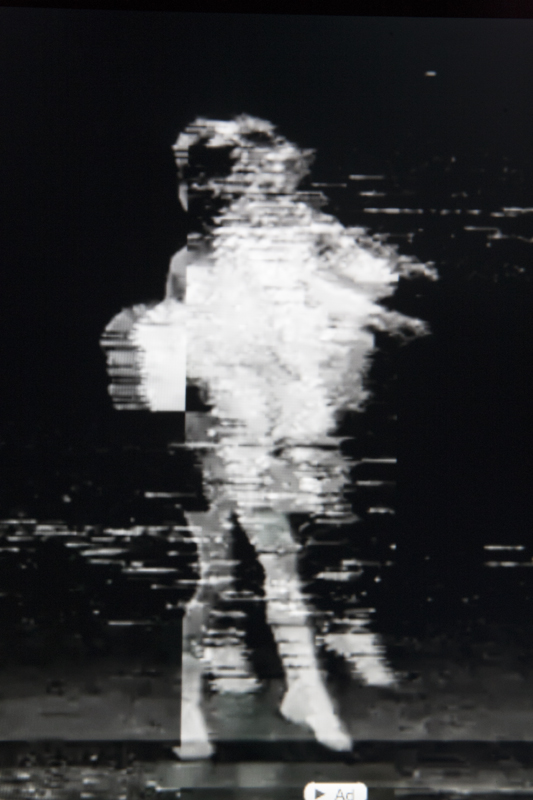

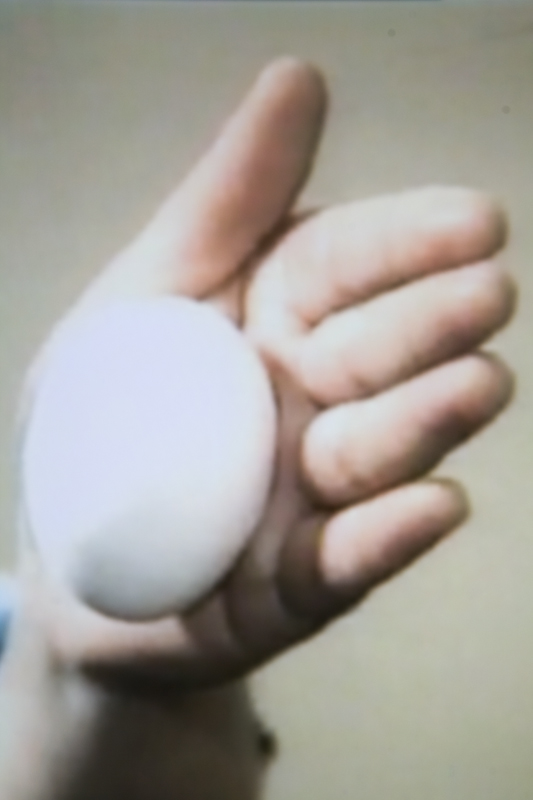


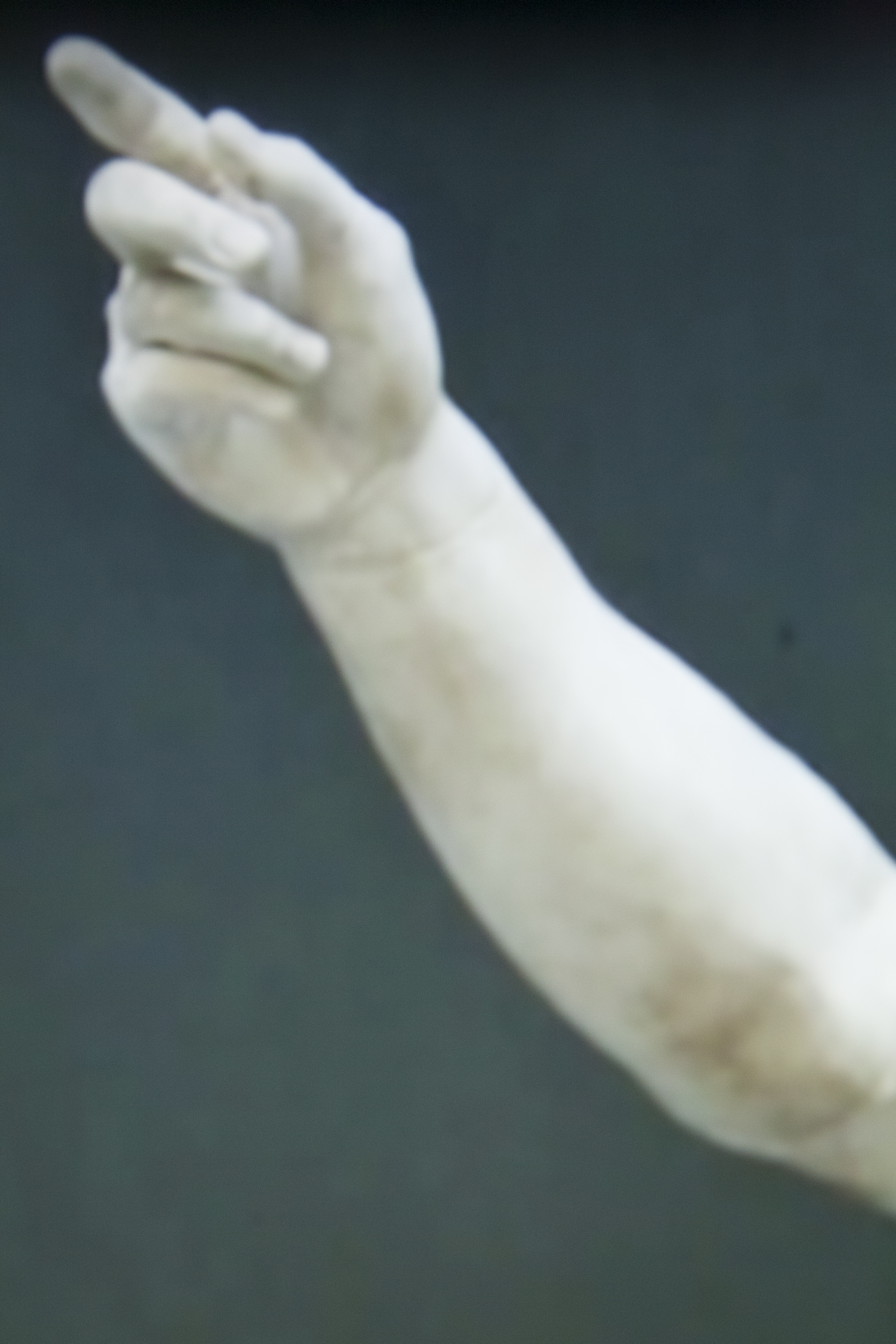
Exhibition / Limited edition books
Die andere Seite
at Colli Independent Gallery publisher
2017
Curated by Emanuele De Donno and Daniela Cotimbo
Die andere Seite
at Colli Independent Gallery publisher
2017
Curated by Emanuele De Donno and Daniela Cotimbo
The project is an artist’s self-analysis about his responsibility towards images, as well as the kind of information they carry when they reach the public. Die andere Seiteis comprised of more than 1000 images collected over a period of more than 5 years; they are all pictures taken with a HD camera to a computer screen.
The project’s conceptual reference derives from a novel written and illustrated by Alfred Kubin in 1909: Die andere Seite. The story is about a city, Perle, capital of the Dream Kingdom, created so that its inhabitants could enjoy only the pleasures of images, daydreams and beauty. After the first moments of bliss, the city reveals itself as a living nightmare from which it seems impossible to escape.
In the current days, YouTube and a number of other platforms showcase a quantity of visual material of private origin that is shared with the public. No matter how useful and democratic these media are: the presence of such visual information attracts and mesmerizes us, while arousing internal confusion and intoxication. Hypnotized and dazzled, we can’t avoid staring at the effect of this private projection on our electronic devices’ screens.
The view of beautiful, intriguing and evocative images, with their strong aesthetic ingredients, prevents us from digging into their native context and questioning about their origin, their story and their prime necessity. For such a reason, a number of private frames showing Hitler and Eva at Berghof are included in Die andere Seite. These images are blended among hundreds of other pictures. This proves how, by deduction, any isolated image, extracted from its original context, can be perceived as beautiful.
Adolf Hitler’s creation of a totalitarian regime was actually based on aesthetic rules that served as means to mesmerize, fascinate and bewitch the masses, and therefore to reduce individuals’ critical attention. The existence of Perle seems to rely on one’s compulsion triggered by curiosity, escapism and entertainment. In such disposition, analytical judgement is suspended and, with it, any moral value.
We do live in a world like the one Kubin envisioned. We are helplessly subjected to the superiority of images on our will. Only through this awareness we can take the one and only photograph that matters, the registration of a true empirical fact: our fascinated face, our surrender.
The project’s conceptual reference derives from a novel written and illustrated by Alfred Kubin in 1909: Die andere Seite. The story is about a city, Perle, capital of the Dream Kingdom, created so that its inhabitants could enjoy only the pleasures of images, daydreams and beauty. After the first moments of bliss, the city reveals itself as a living nightmare from which it seems impossible to escape.
In the current days, YouTube and a number of other platforms showcase a quantity of visual material of private origin that is shared with the public. No matter how useful and democratic these media are: the presence of such visual information attracts and mesmerizes us, while arousing internal confusion and intoxication. Hypnotized and dazzled, we can’t avoid staring at the effect of this private projection on our electronic devices’ screens.
The view of beautiful, intriguing and evocative images, with their strong aesthetic ingredients, prevents us from digging into their native context and questioning about their origin, their story and their prime necessity. For such a reason, a number of private frames showing Hitler and Eva at Berghof are included in Die andere Seite. These images are blended among hundreds of other pictures. This proves how, by deduction, any isolated image, extracted from its original context, can be perceived as beautiful.
Adolf Hitler’s creation of a totalitarian regime was actually based on aesthetic rules that served as means to mesmerize, fascinate and bewitch the masses, and therefore to reduce individuals’ critical attention. The existence of Perle seems to rely on one’s compulsion triggered by curiosity, escapism and entertainment. In such disposition, analytical judgement is suspended and, with it, any moral value.
We do live in a world like the one Kubin envisioned. We are helplessly subjected to the superiority of images on our will. Only through this awareness we can take the one and only photograph that matters, the registration of a true empirical fact: our fascinated face, our surrender.
Photographic work
Tiratori
Archivio Magazine, #1 (The Challenge Issue)
2017
Curated by Nationhood
Tiratori
Archivio Magazine, #1 (The Challenge Issue)
2017
Curated by Nationhood
“Bulky, emotionless statues, non-comformist hearoes of cerebral sport, they are perfect in their immobile struggle of concentration, an invisible hell.”
(Achille Filipponi)
(Achille Filipponi)
Group Exhibition / Catalogue
Periodo Ipotetico
T14 Contemporary Gallery, Milan
2017
With photographers: Cesare Ballardini and Achille Filipponi
Periodo Ipotetico
T14 Contemporary Gallery, Milan
2017
With photographers: Cesare Ballardini and Achille Filipponi
“The hypotetical period is a construction used to express a hypothesis from whcih consequence can derive. In parallel, this is not an exhibition, but rather the hypothesis of an exhibition, born from one of the many possibilities that these artists bring to light. Raising uestions about the act of exposition, and consequently its intrinsic principle of selection, it challenges the photographic process.“
(Daniel Blight)
(Daniel Blight)

Installation
Sarà Tolto
(It will be removed)
Colli Independent Gallery, Rome
2015
Curated by Paola Paleari
Sarà Tolto
(It will be removed)
Colli Independent Gallery, Rome
2015
Curated by Paola Paleari
Sarà Tolto by Massimiliano Tommaso Rezza is a site-specific installation, curated by Paola Paleari associated with the author’s book Atem published by Yard Press. The gallery’s dark underground space is illuminated only by the reflected light of a video projected onto a divisor panel on which a small photograph is hanging. Two series of digitally printed posters are also displayed on the walls beside the panel. On the basis of a symbolic register these three elements (video projection, photograph and posters) interact to symbolize the role that an image and its consumption have in our societies.
The analogic print – a static portrait of an austere woman – personifies the liminal universe that, according to the author, is excluded from the ‘photographic canon’ but exists and flows incessantly beside it. The impossibility to gain a clear and uniform vision of such a world is epitomized by the projection that, while persisting over the print, both reveals and conceals the woman’s face in the dark. The irregular rhythm depends on the variations of brightness of the video, a slow motion recording of a night scene with fireworks. (Paola Paleari)
The analogic print – a static portrait of an austere woman – personifies the liminal universe that, according to the author, is excluded from the ‘photographic canon’ but exists and flows incessantly beside it. The impossibility to gain a clear and uniform vision of such a world is epitomized by the projection that, while persisting over the print, both reveals and conceals the woman’s face in the dark. The irregular rhythm depends on the variations of brightness of the video, a slow motion recording of a night scene with fireworks. (Paola Paleari)
Book
ATEM
Yard Press
2015
Pages: 300
Dimensions: 24,5×33,5cm
Paperback twist-stitching
Soft cover
Offset
500 copies
ATEM
Yard Press
2015
Pages: 300
Dimensions: 24,5×33,5cm
Paperback twist-stitching
Soft cover
Offset
500 copies
The volume’s content does not derive from a sequence of images designed according to aesthetic rules, based on formal and conceptual balance, but it has been obtained through a purely random process lacking any type of selection refinement. All the photos in the book rigorously respect the original numeric order of the photographic source, that is the author’s collection of thousands of images, and are presented consecutively respecting their original format regardless of the book’s page dimensions. At a later moment in the book’s design the individual pages were randomly shuffled with no concern for the page bleed or the overlapping between the photographs.
The book that results from this process becomes a container that houses the images without holding any control over them but at the same time giving them the uncommon freedom to create new ones.
The book that results from this process becomes a container that houses the images without holding any control over them but at the same time giving them the uncommon freedom to create new ones.
Solo exhibition
The Narrow Door
Fotografia Europea
Spazio Sinagoga
curated by 3/3
2014
The Narrow Door
Fotografia Europea
Spazio Sinagoga
curated by 3/3
2014
“The Narrow Door is a work that explores the uncertain, ambiguous, and prolific nature of images and their potential development starting from a hypertrophic thematic work that is hidden, sealed in a vacuum bag. The image and its resemblance to reality generate a field of unstable tension and difficult access: the relationship between the two poles of form and dispersion. "Strive to enter through the narrow door," are the words with which Christ responds, in the Gospel of Luke, to the question about the number of the elected who would be saved at the end of time. The response sounds partly like an enigma but offers a horizon of salvation, which already extends beyond the here and now of reality, and of the image. A horizon that, like revelation—inscribed in the very term apocalypse—seems destined to transcend our world. One must find a stratagem to gain access to it.
[...]
The intermediate world, censored and hidden by the usual descriptive photography, thus becomes a fertile place for the most personal experiences and thoughts. A private world, evoked through photographs printed on inexpensive paper, vacuum-sealed, and stacked like a single block closed in on itself, kept away from the public eye out of a kind of modesty and fear of being decoded and homogenized.
[...]
Thus, the attention and reflection on the everyday, the continuous attempt to record events close to their original dimension, and the challenge to canonical forms suggest, within the temporary and confined space of The Narrow Door, alternative perspectives on reality, new views of subjective vision, and the images of the matrix come to life, assuming ever-new forms, driven by an entropic principle that carries a fertile vital energy. They transform into launch platforms for recovering, beyond the potential for empathy, the radical power of experience.”
Text by curatorial team 3/3
in the catalogue of Fotografia Europea 2014 published by Silvana Editore.
[...]
The intermediate world, censored and hidden by the usual descriptive photography, thus becomes a fertile place for the most personal experiences and thoughts. A private world, evoked through photographs printed on inexpensive paper, vacuum-sealed, and stacked like a single block closed in on itself, kept away from the public eye out of a kind of modesty and fear of being decoded and homogenized.
[...]
Thus, the attention and reflection on the everyday, the continuous attempt to record events close to their original dimension, and the challenge to canonical forms suggest, within the temporary and confined space of The Narrow Door, alternative perspectives on reality, new views of subjective vision, and the images of the matrix come to life, assuming ever-new forms, driven by an entropic principle that carries a fertile vital energy. They transform into launch platforms for recovering, beyond the potential for empathy, the radical power of experience.”
Text by curatorial team 3/3
in the catalogue of Fotografia Europea 2014 published by Silvana Editore.
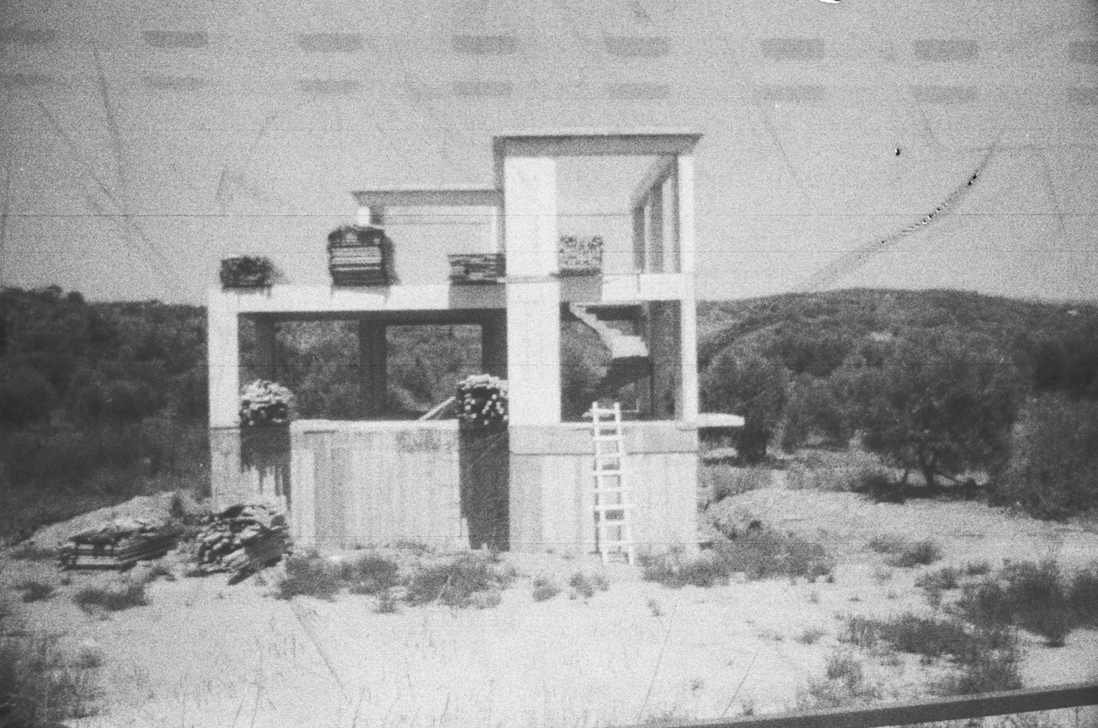


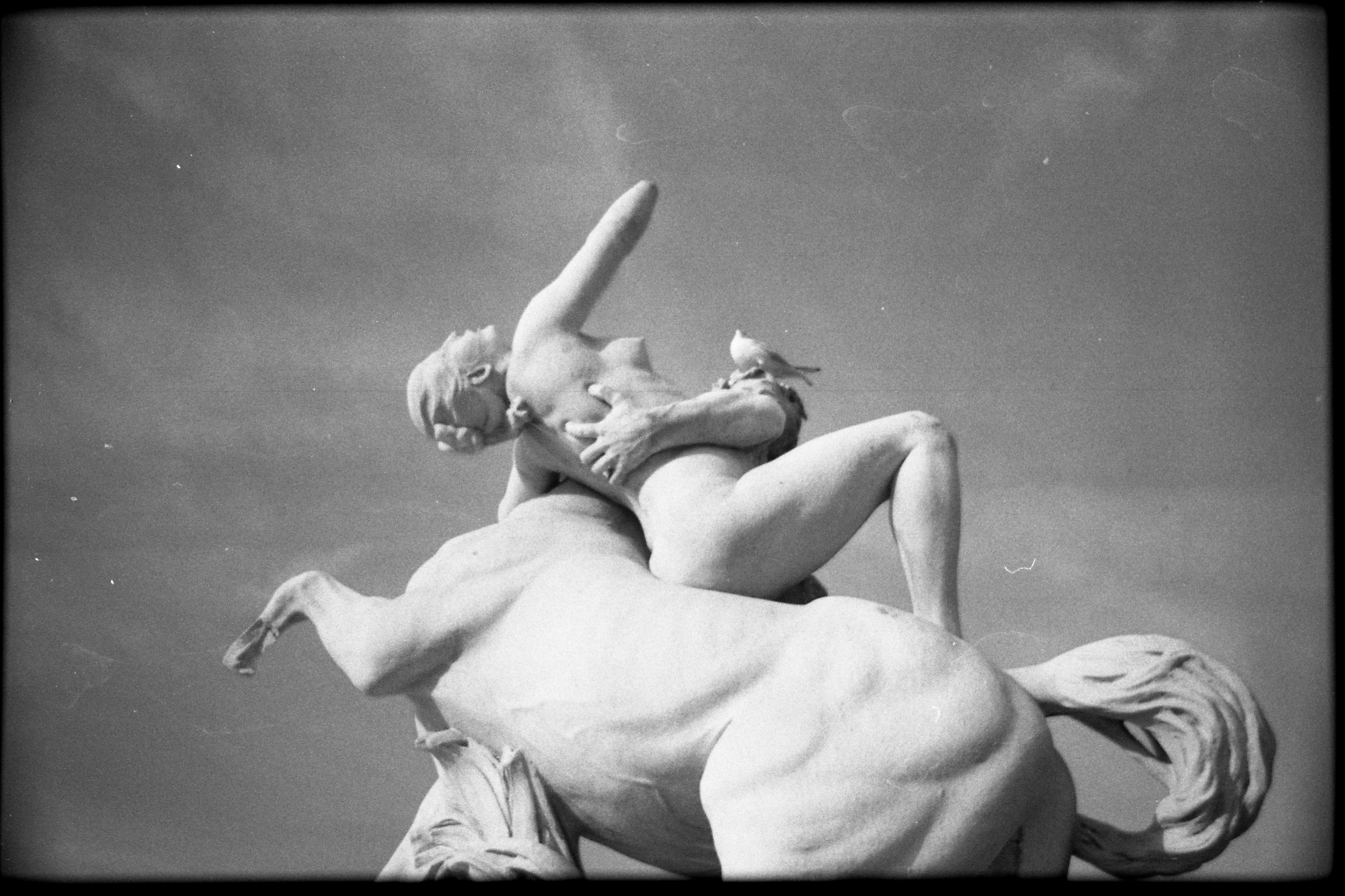




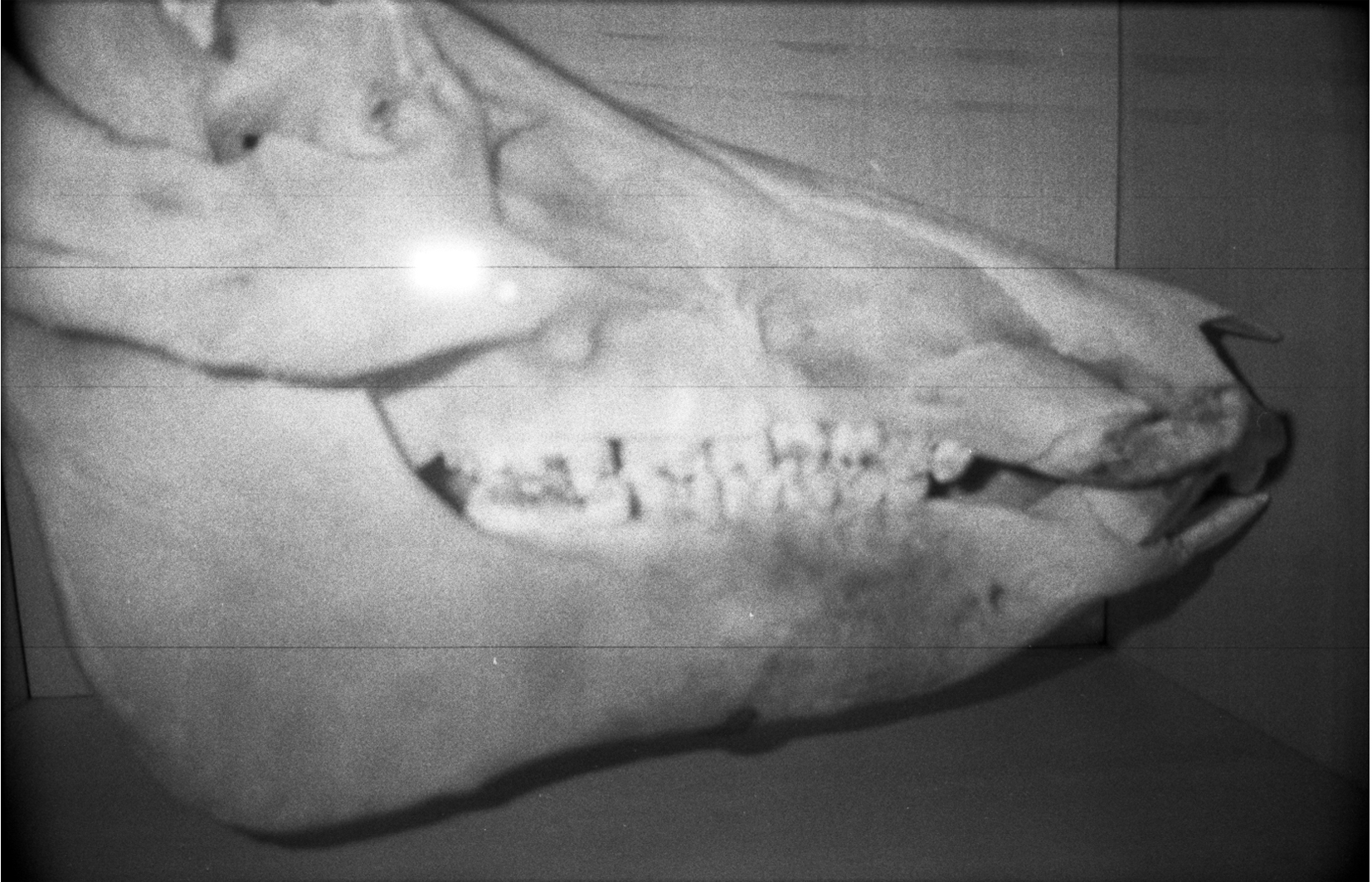


Photographic work /Publication
The Narrow Door
2015
The Narrow Door
2015
The images elude the original work and come to life, continually taking on new shapes, that are temporary, ephemeral. Indeed, their shape is a momentary haven for a potentially unlimited translation.

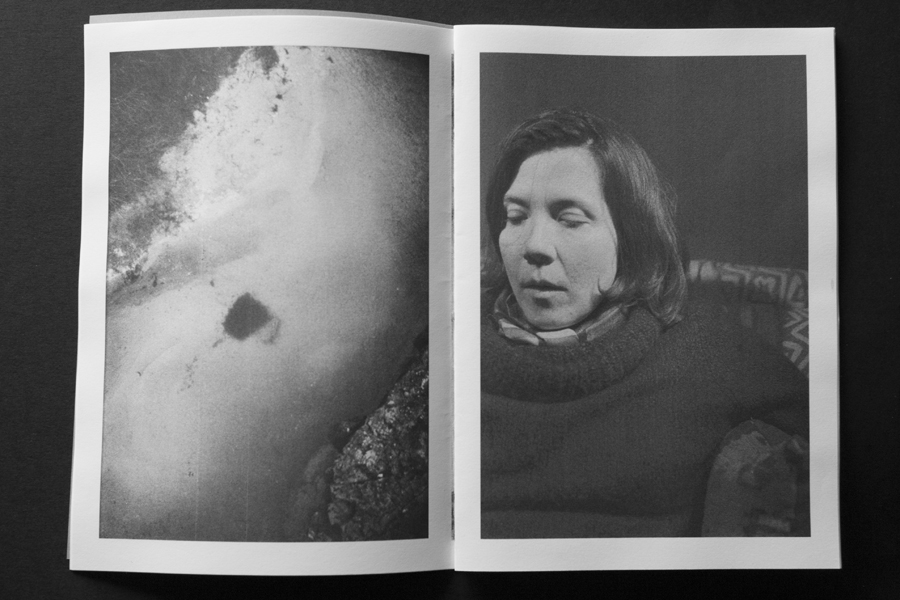
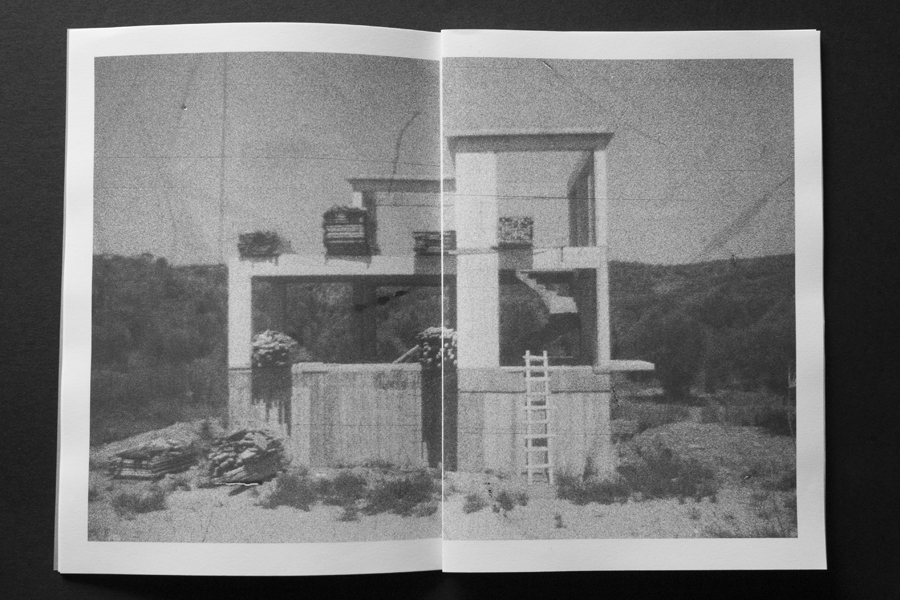

Fanzine number 0 Vacuum sealed in a plastic bag
The Narrow Door
curated by 3/3
self-published
Sold out
The Narrow Door
curated by 3/3
self-published
Sold out



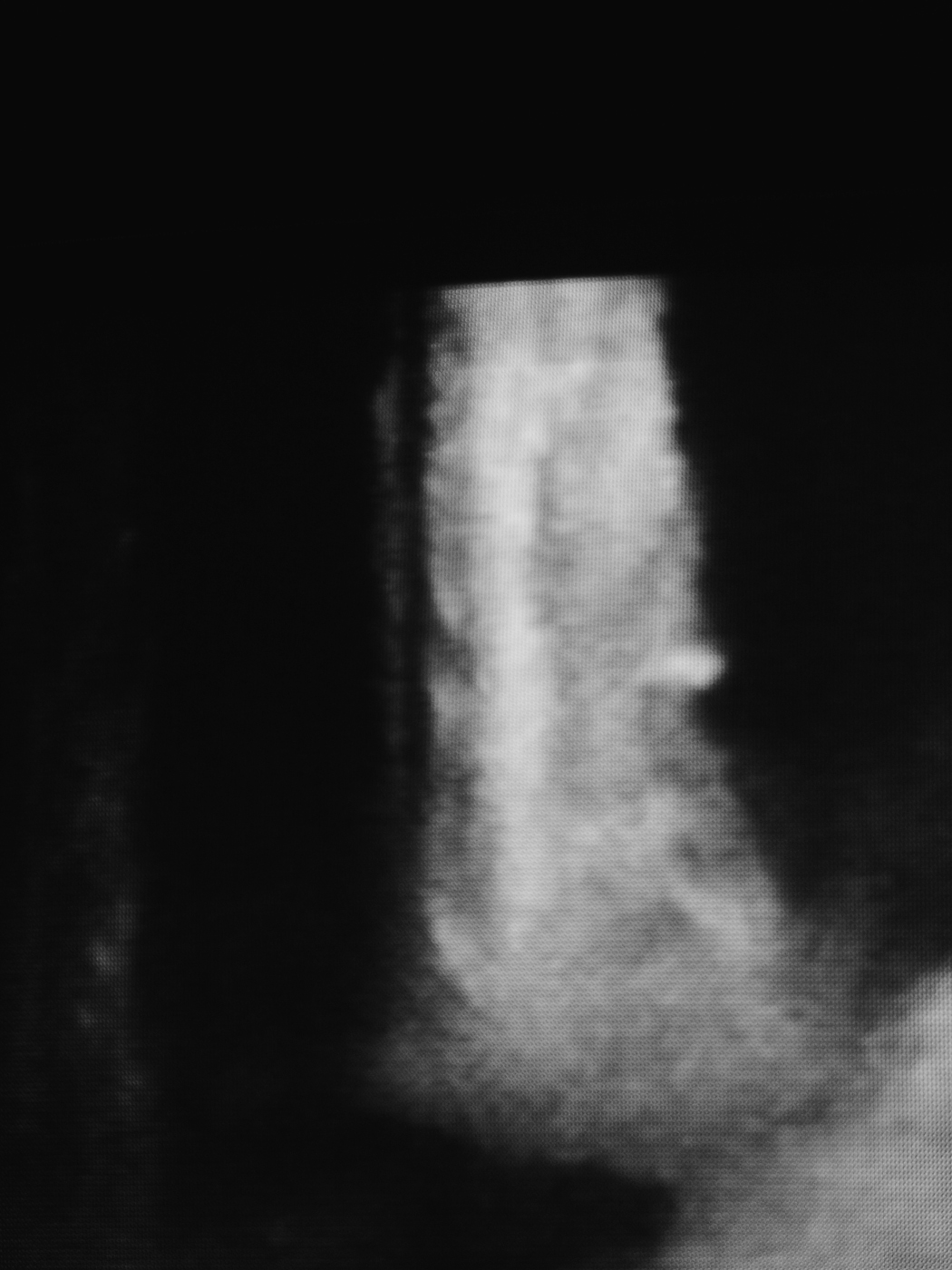


Photographic work / Exhibition
Realmente Rovesciato
2011
Realmente Rovesciato
2011
Realmente Rovesciato is the first chapter of a project on television or more generally on audio-visual communication. I was looking for an individual escape from the mediatic message. The photos were shot with a digital camera on a limited portion of the tv screen during the usual tv programs: news, films, documentaries, talkshows, etc… The dark section in the pictures (that is often at the bottom) represents the ‘off field’ of the screen, the physical and psychological area where the spectator is. That dark place is private and it is the place where the private revolt against the media may start. It is also the part that lacks images, a hint to iconoclasm.









Photographic work
Starless
2010
Starless
2010
Do images have their own life? If so then they can communicate with one another and choose themselves and their relative order. Like in a movie seen only through a few of its frames, Starless is studdering work that aims to collect an idea of the night through some inchoherent images that nonetheless represent it symbolically.
